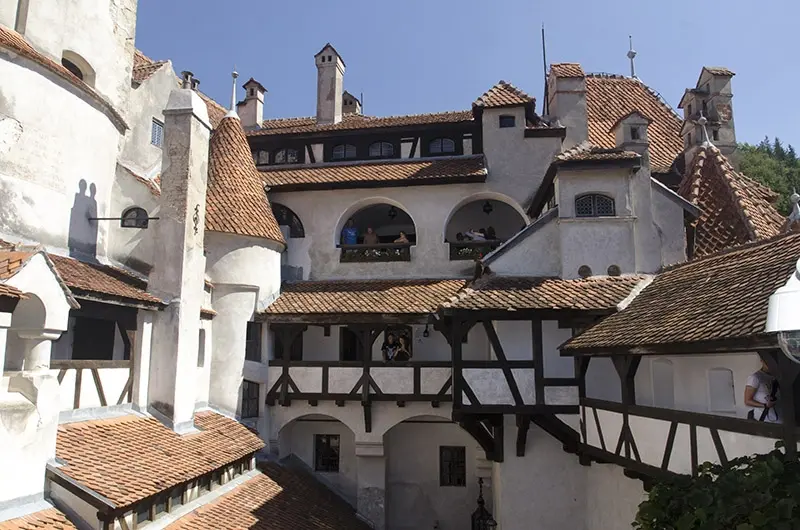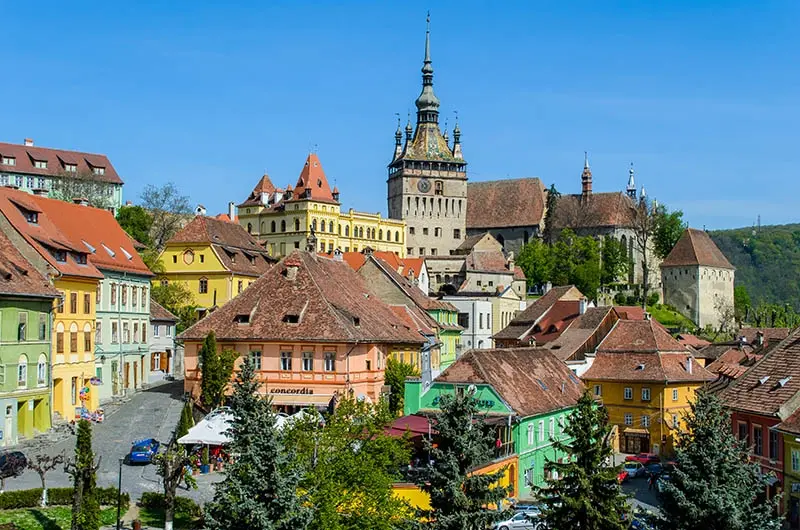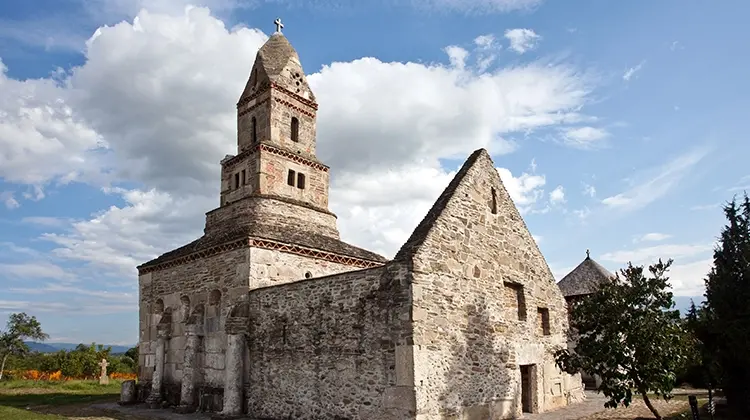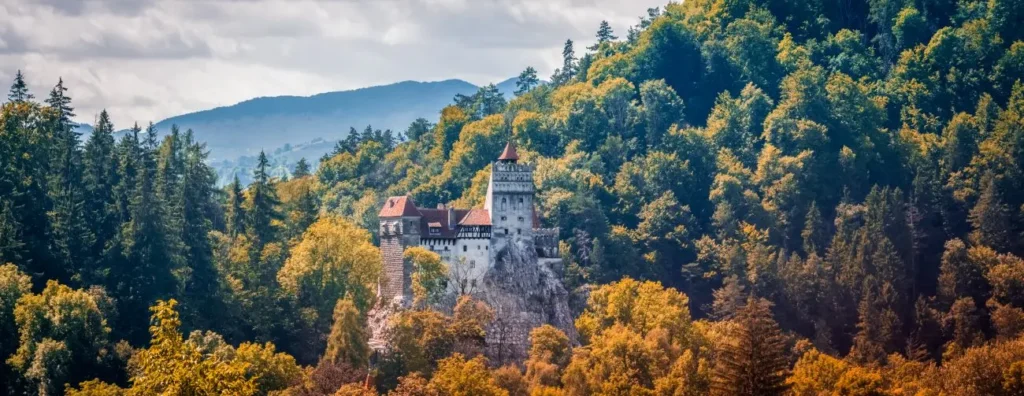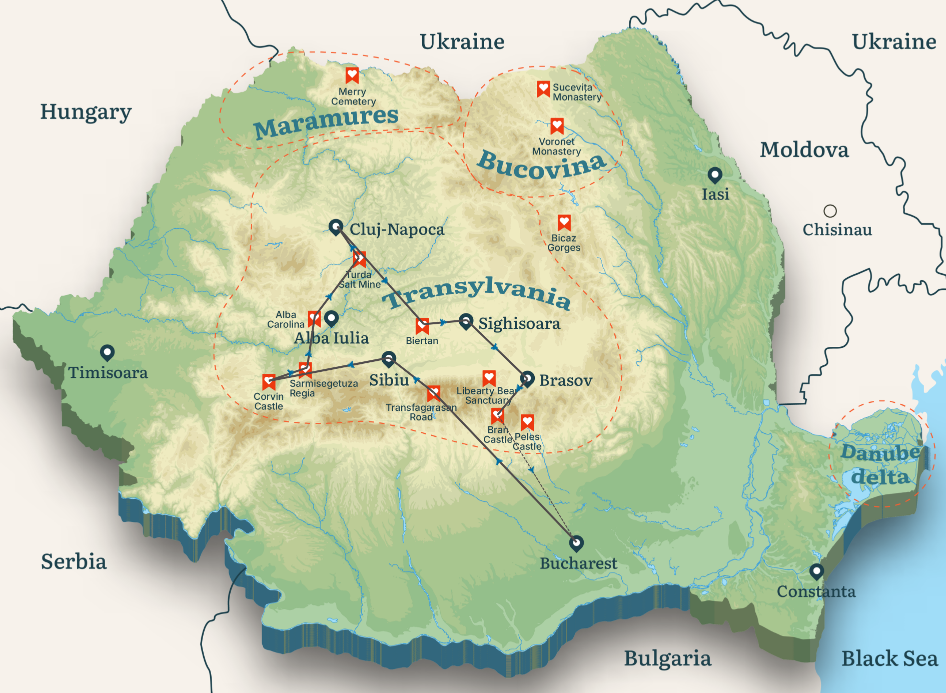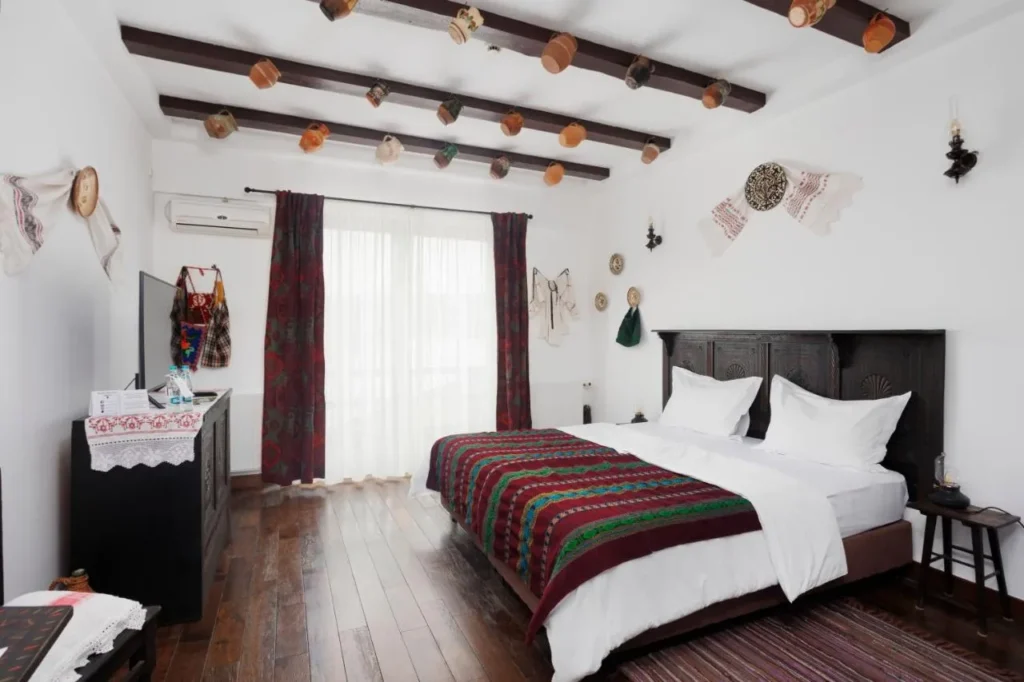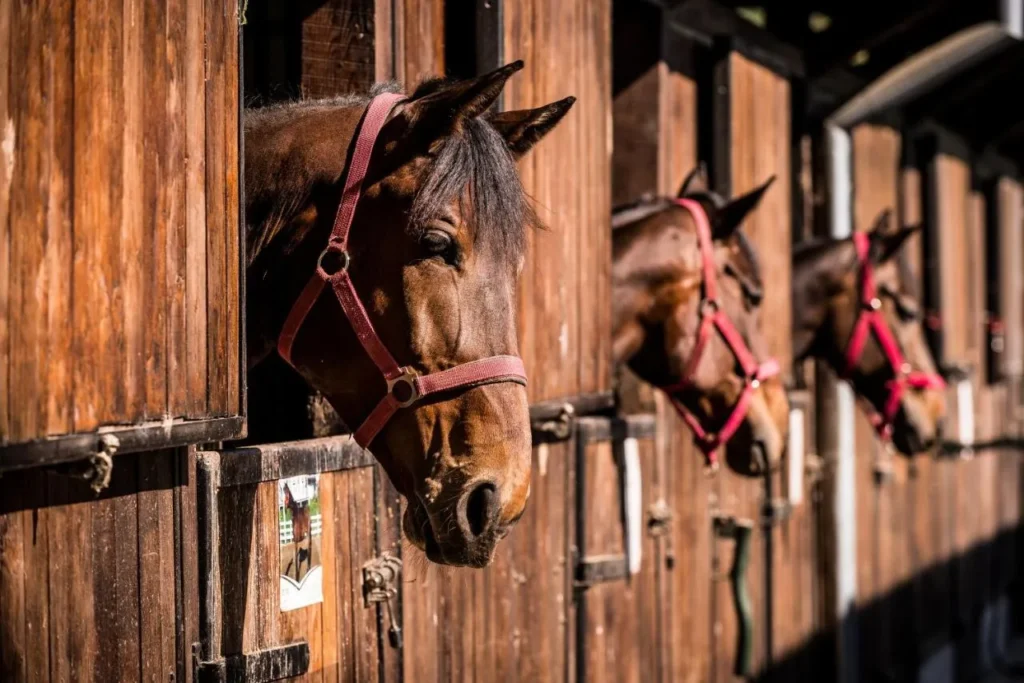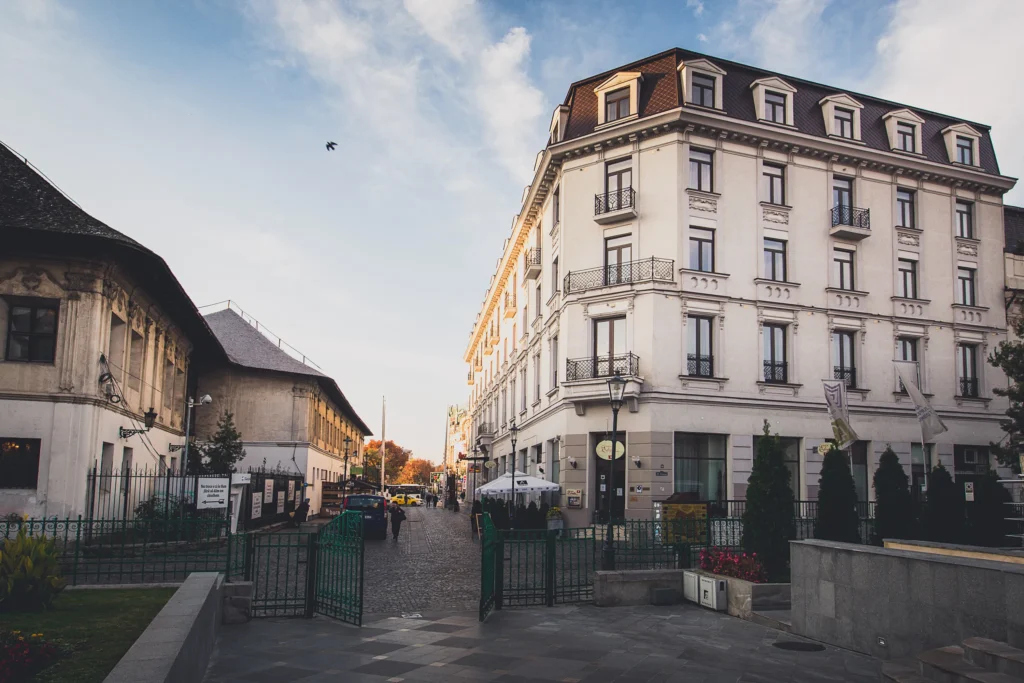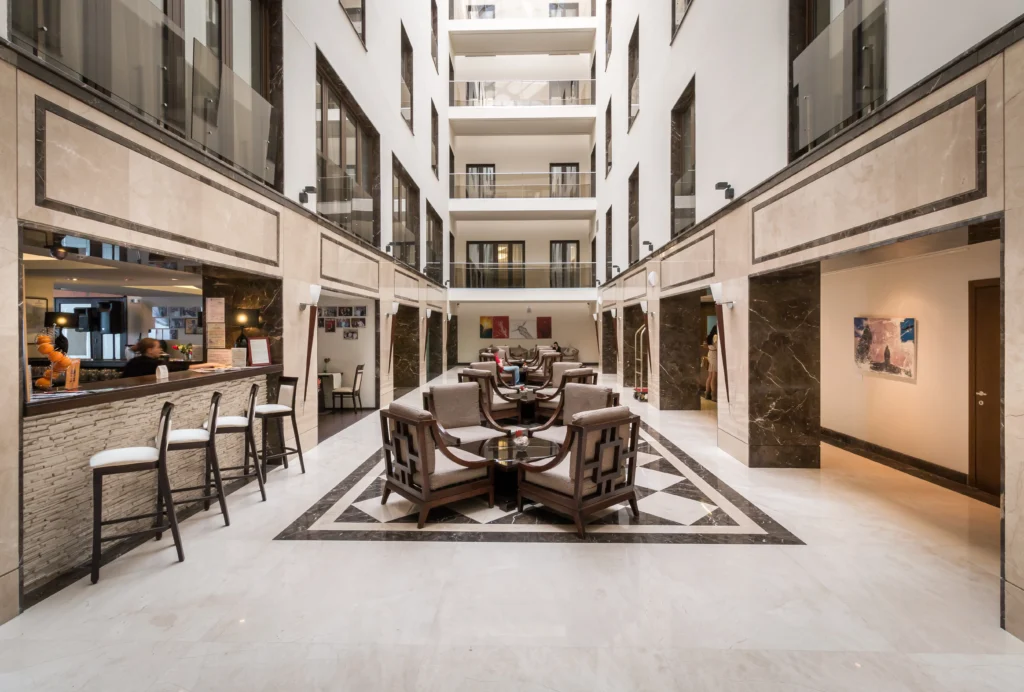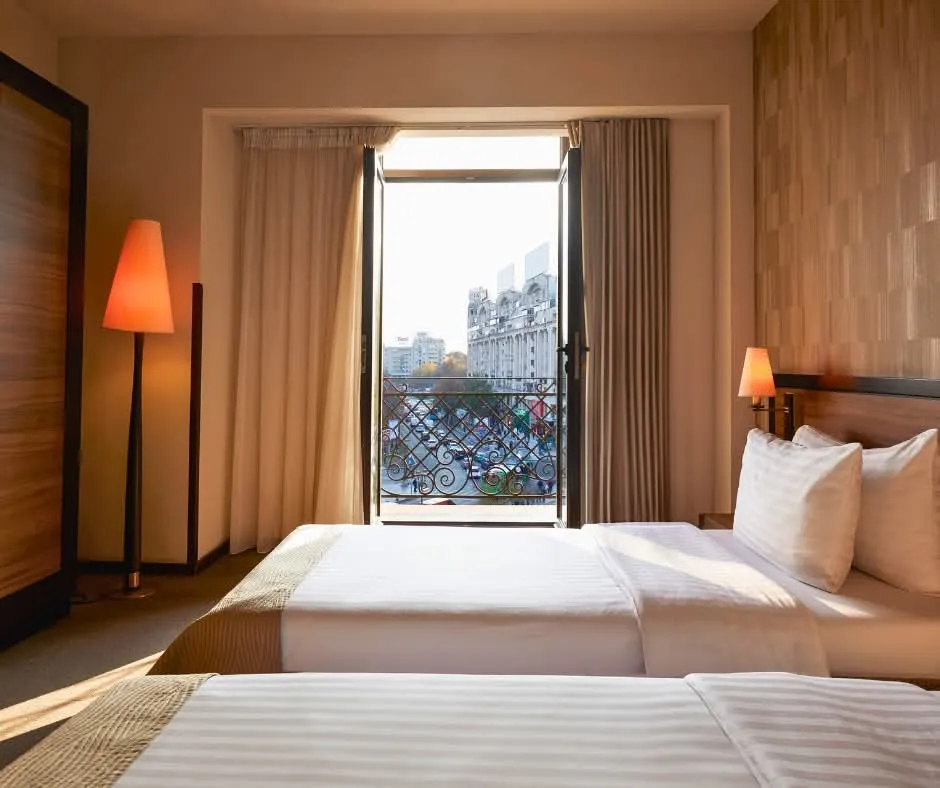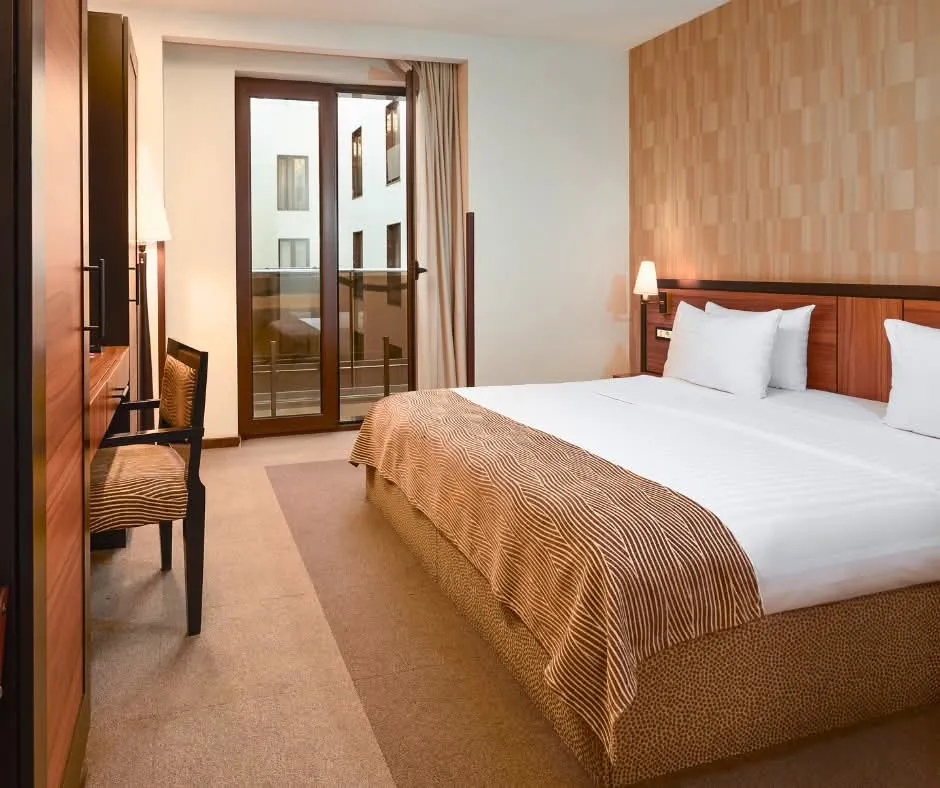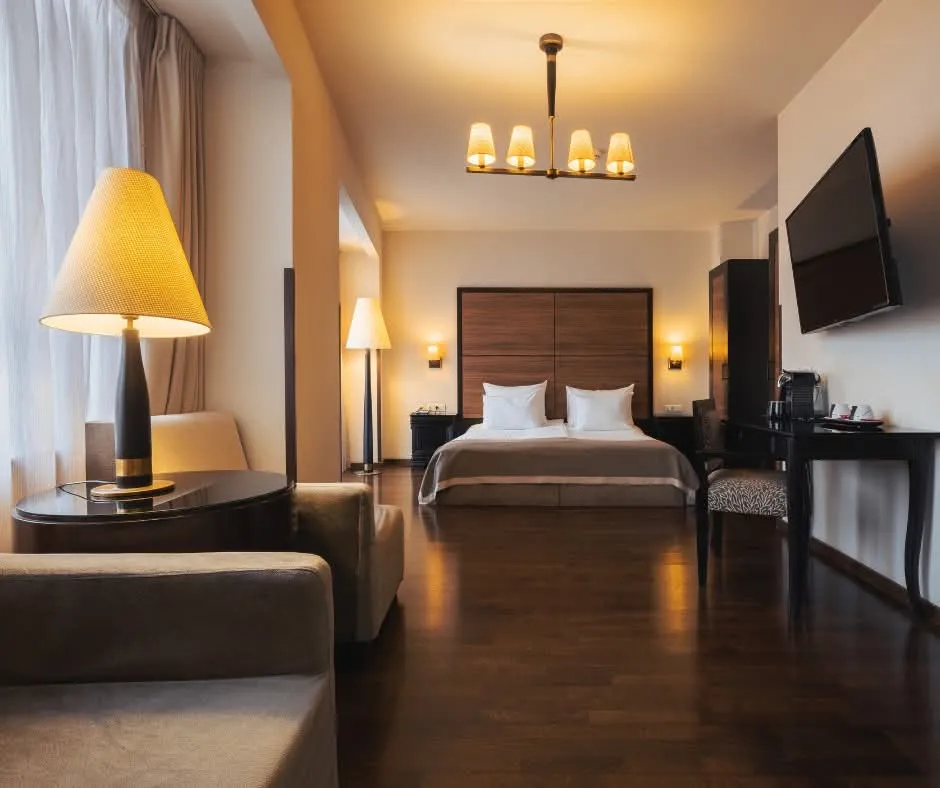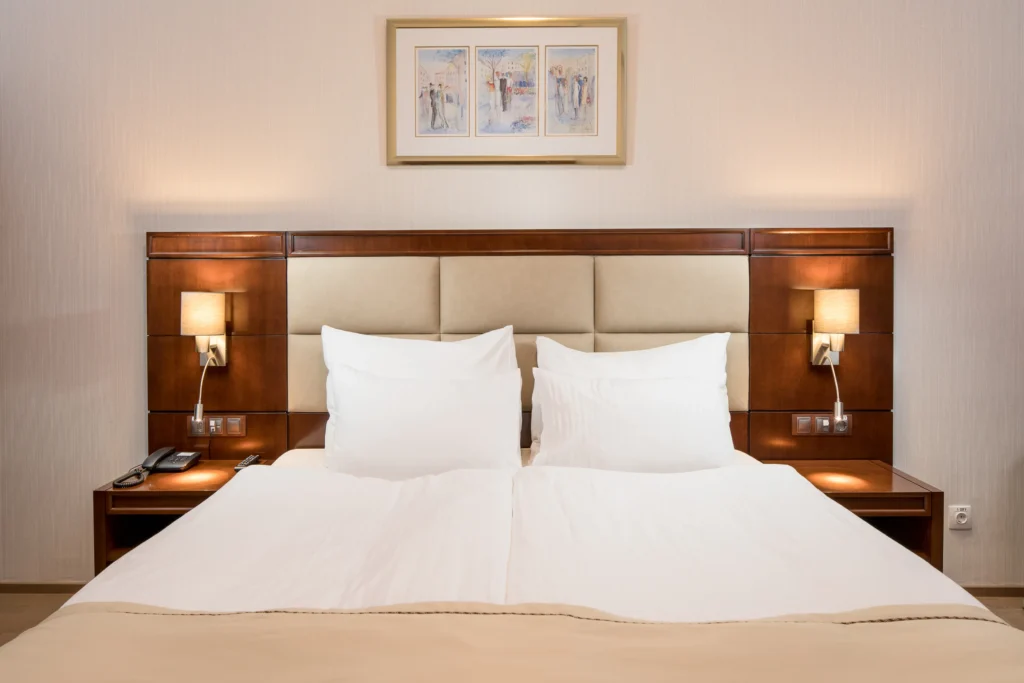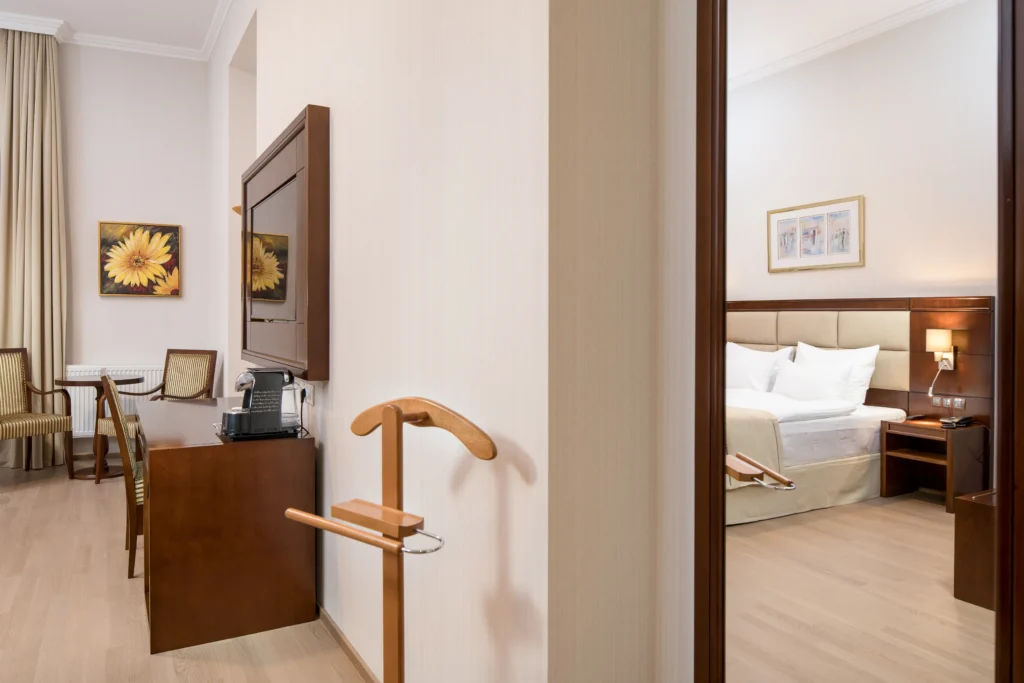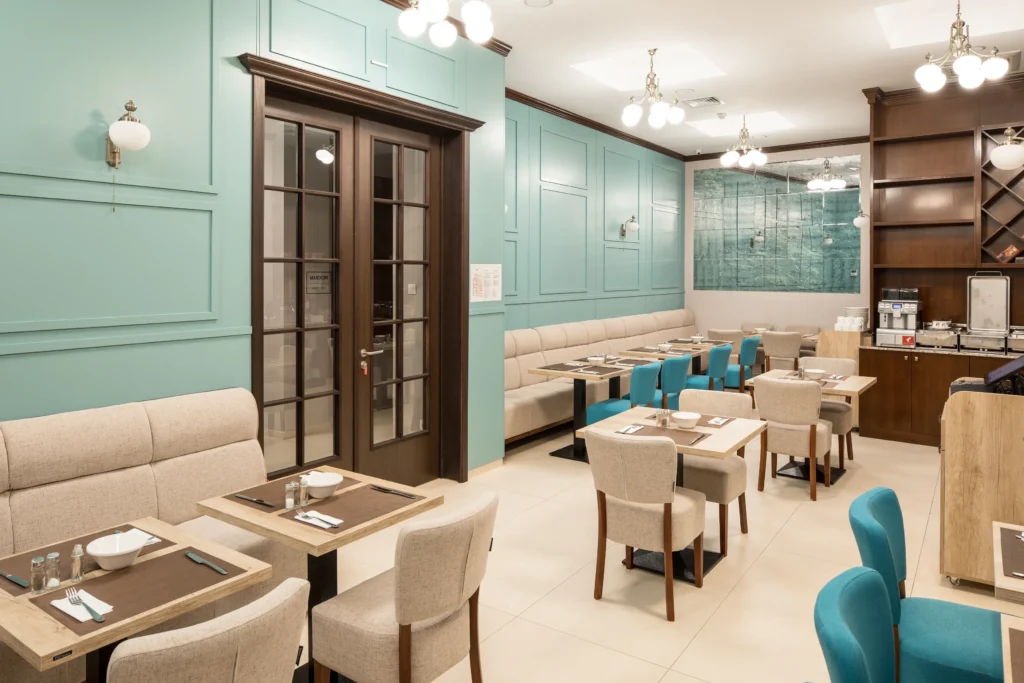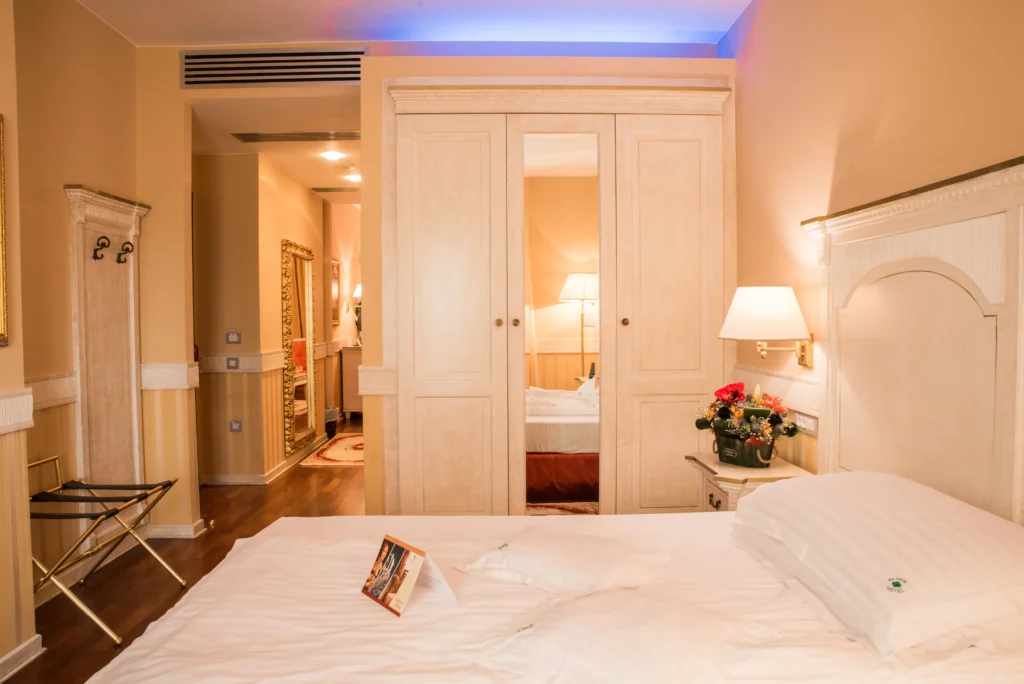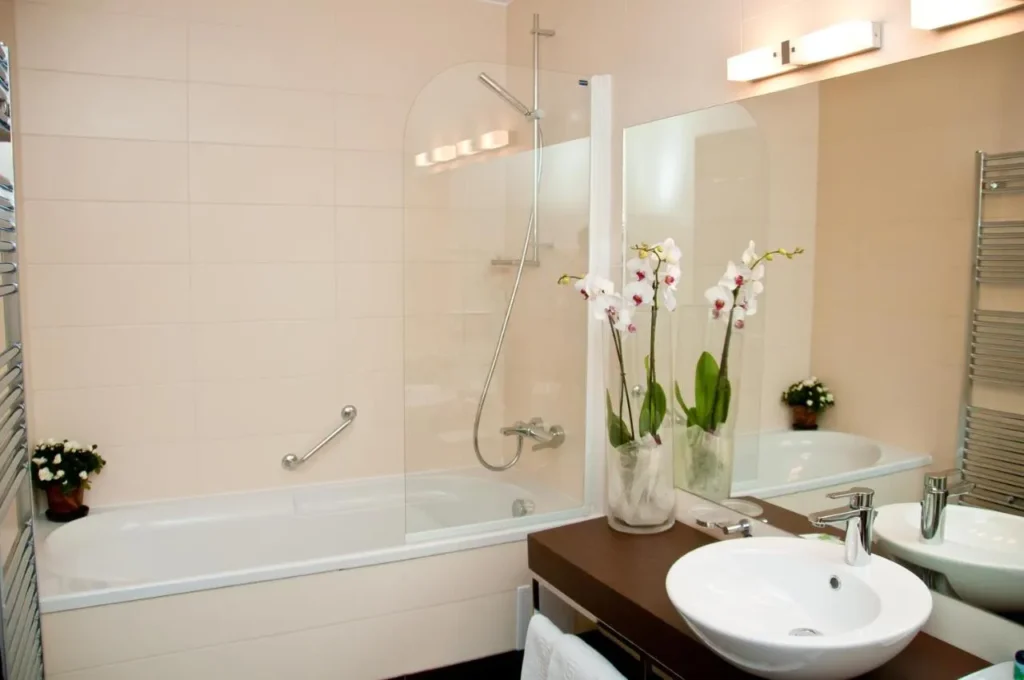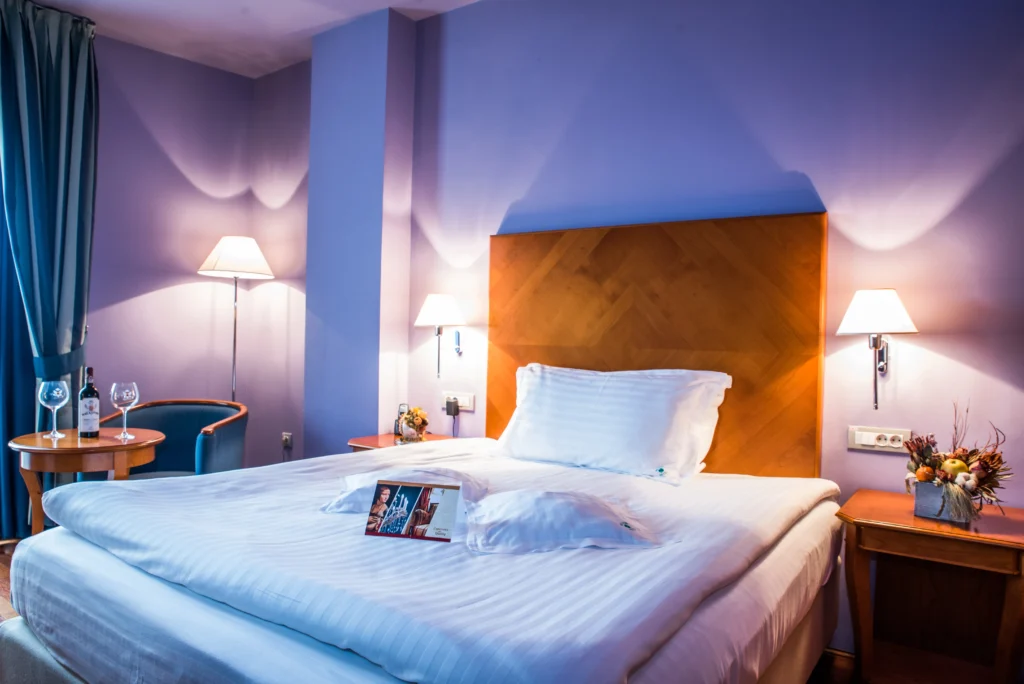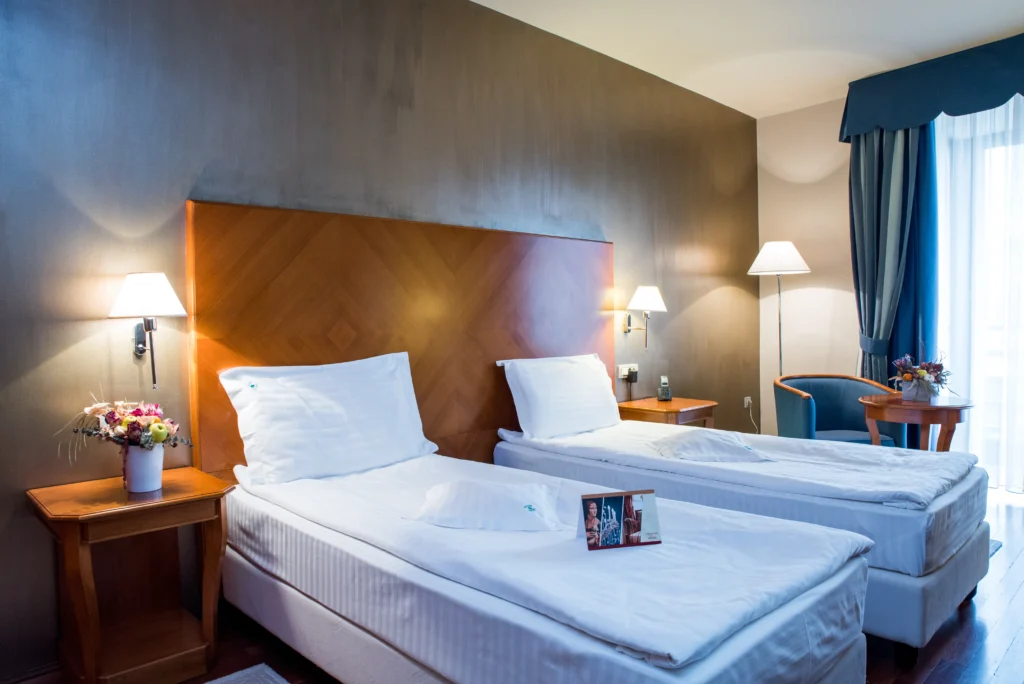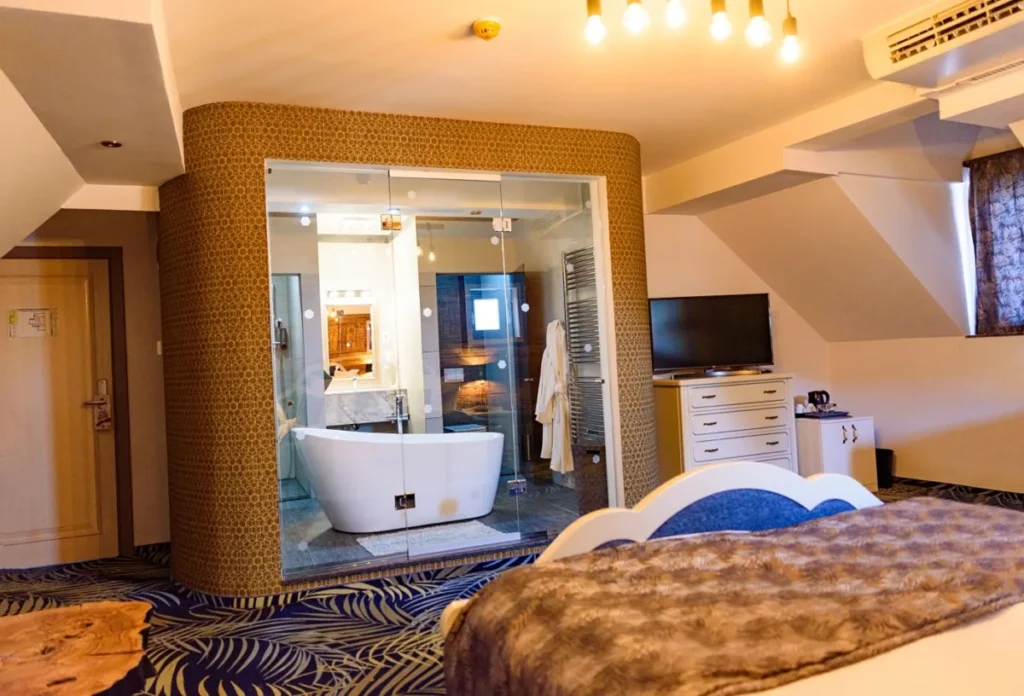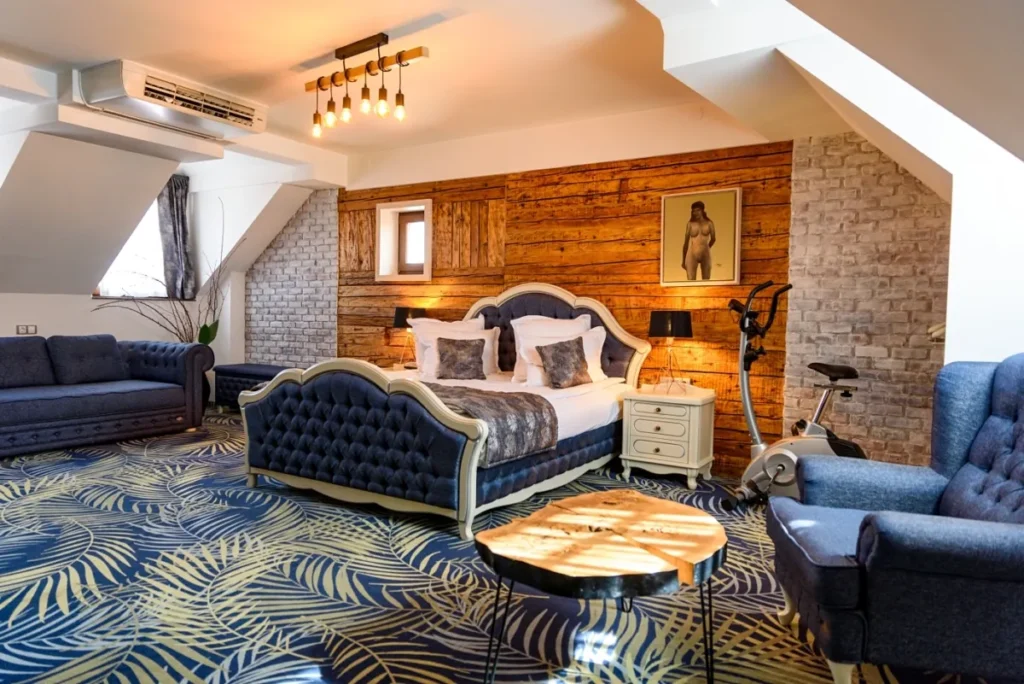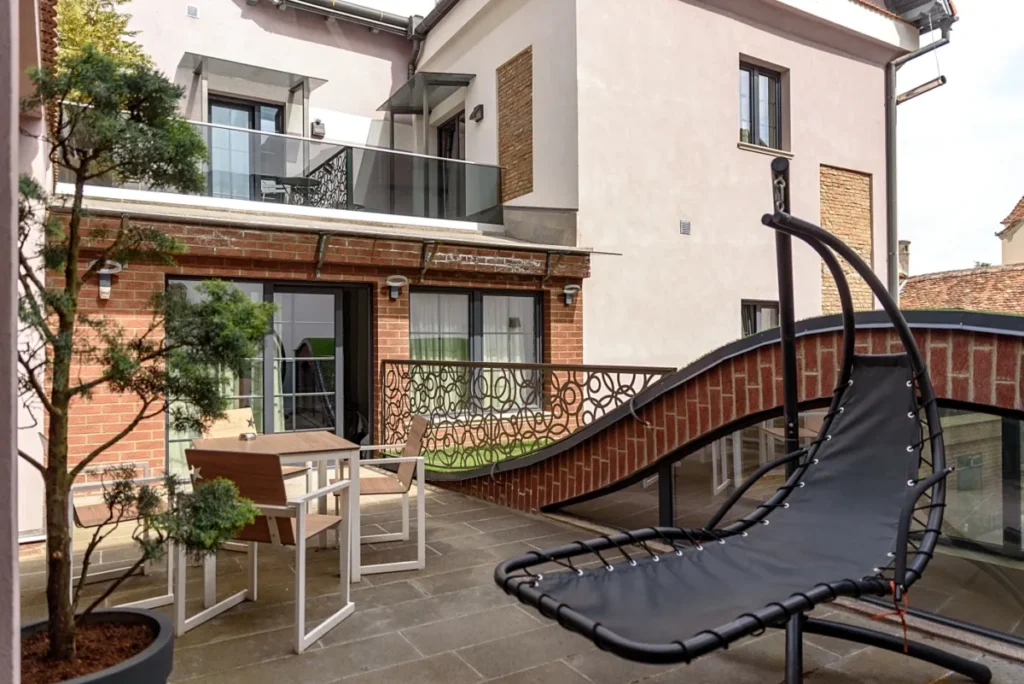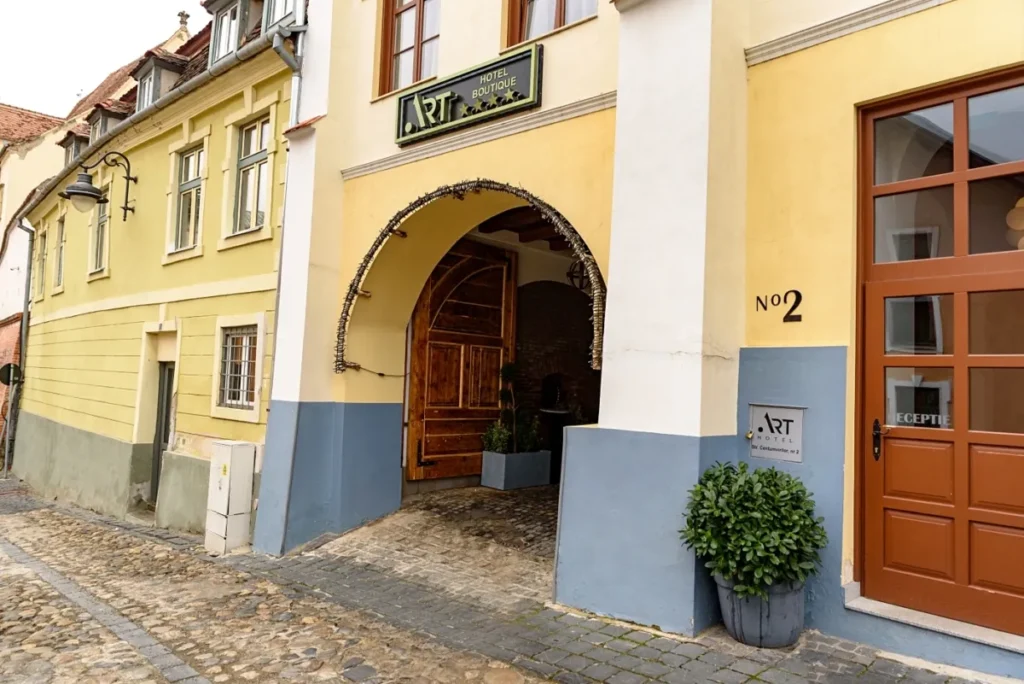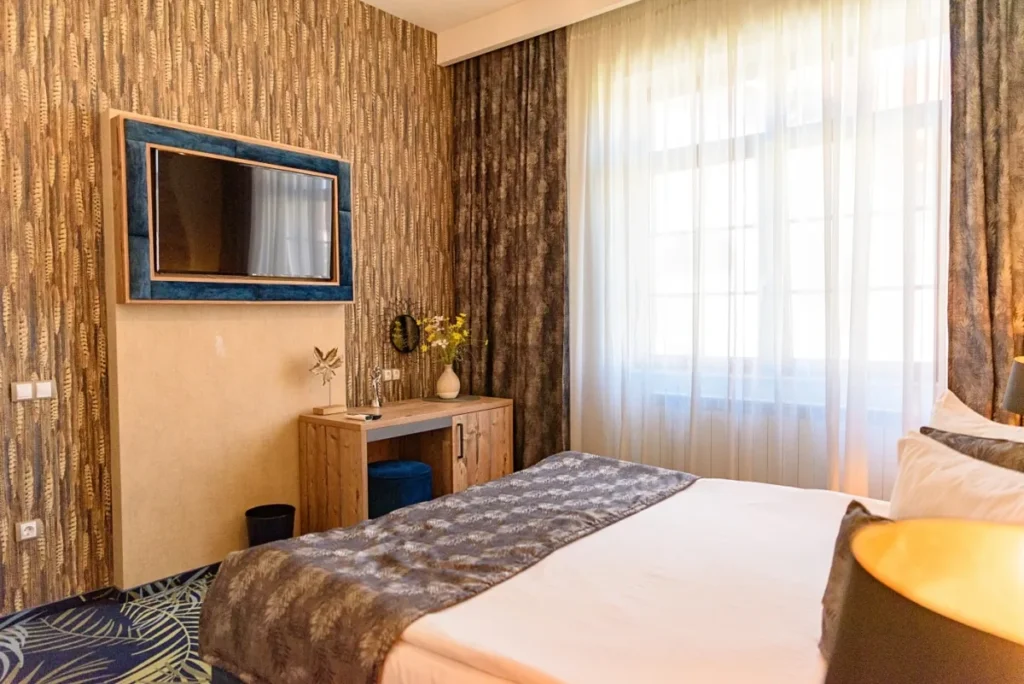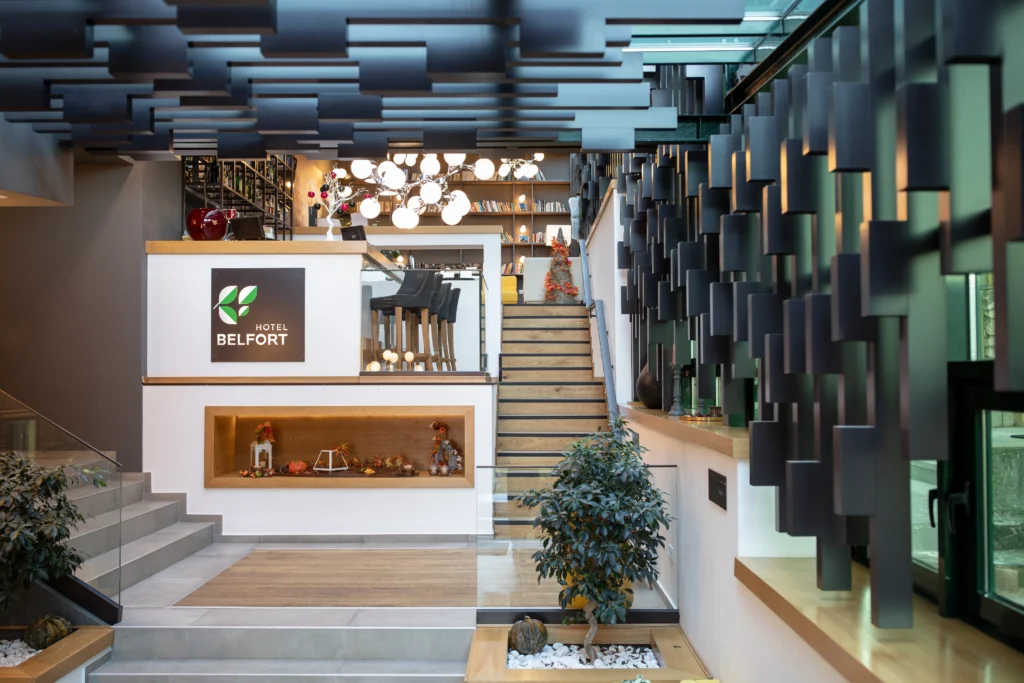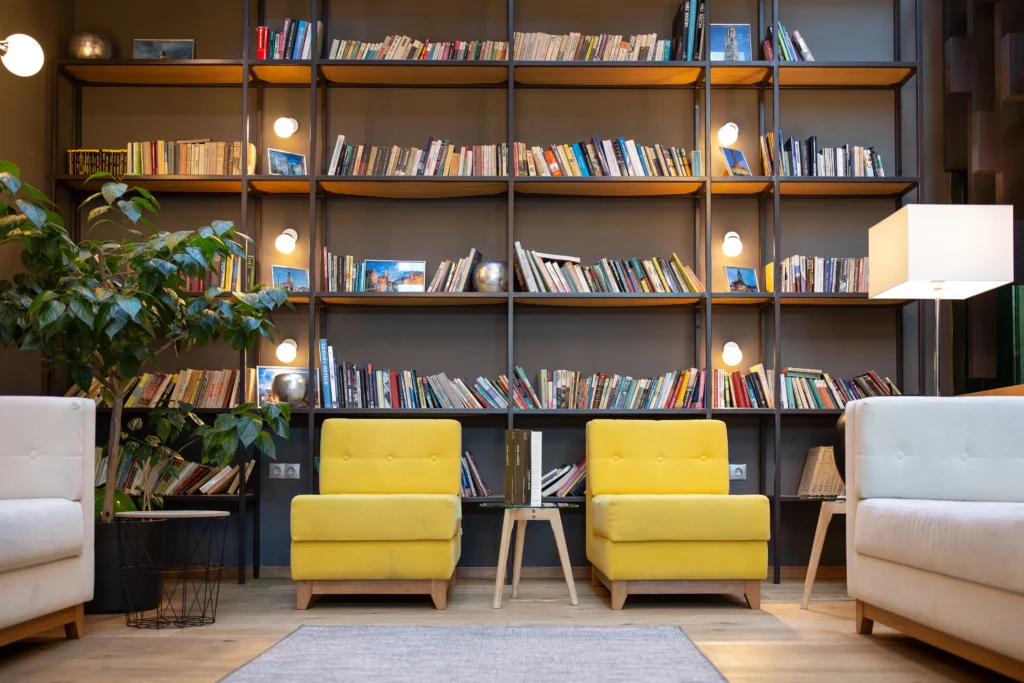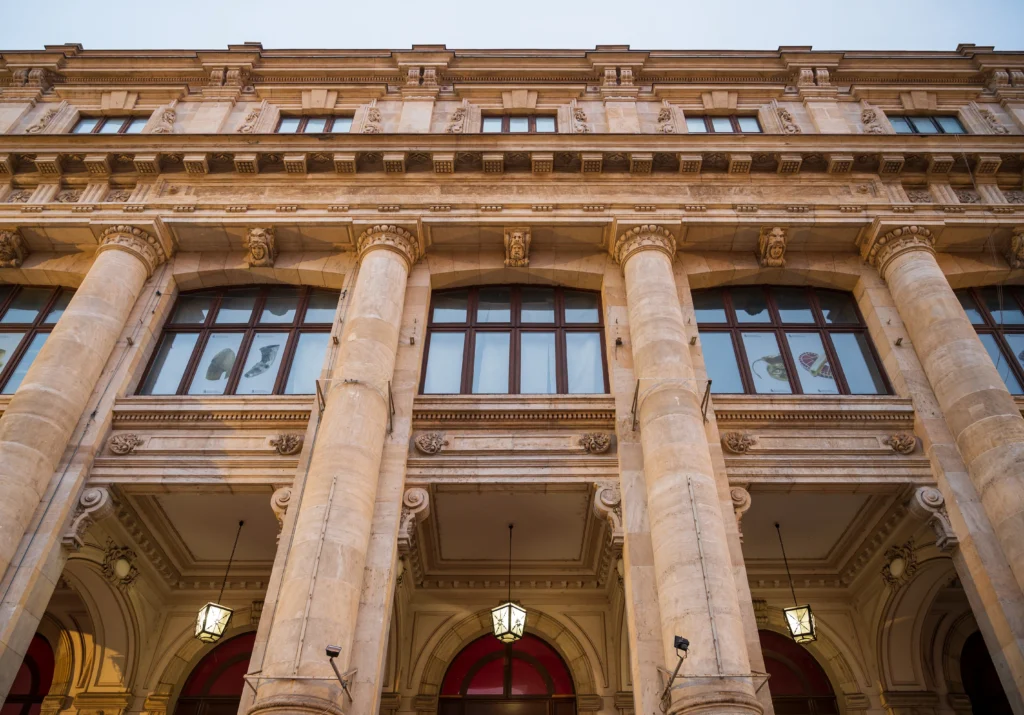
Transylvania Dracula Tour – 8 Day Trip Beyond the Legend
- Multi-Day Tours
- Departure: Tours from Bucharest
- Transylvania
- Private Tours
- Cultural Tours
- Family-friendly Tours
Trip Highlights
Included

Availability
Payment Conditions
Detailed itinerary
Day 1: Bucharest City Tour
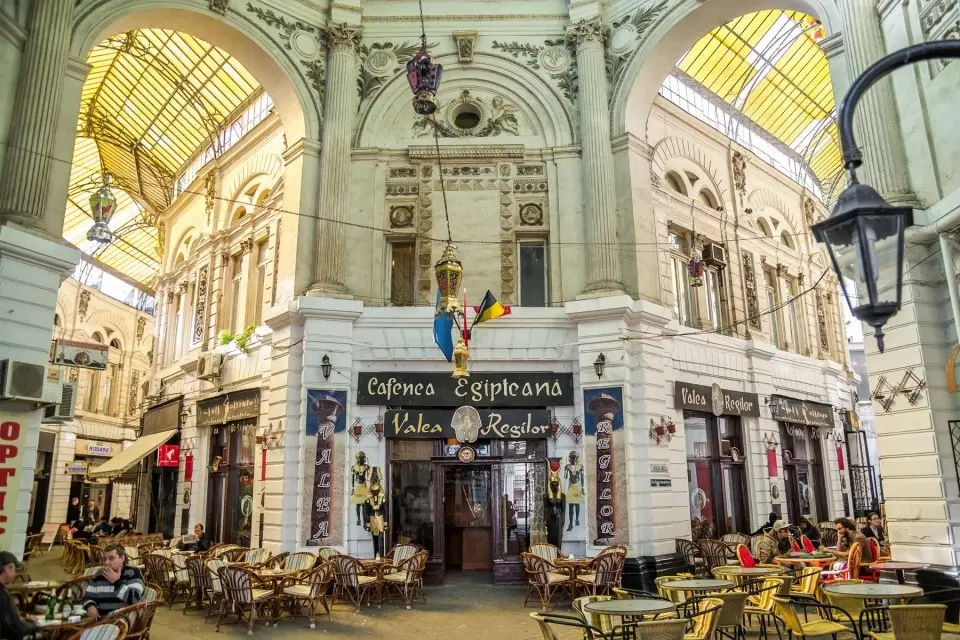
Breakfast: included on all days except the first day
On the first day of your Transylvania Dracula tour, our tour guide will pick you up at 09:00 AM from your place for a city tour of Bucharest. The Palace of the Parliament, the most notable structure in the city and a reminder of the communist era, is the first stop on your day trip across Bucharest. Alternatively referred to as the House of the People, this magnificent structure broke into the Guinness World Records as the world’s second-largest building, right behind the Pentagon. Your guide will explain to you the dark details that made the creation of the enormous marble rooms possible.
Lunch: At your expense
A sightseeing visit to Bucharest’s Old Town, which is home to several historical landmarks, architectural treasures, and notable structures, will round up your day in the city. You may tour Curtea Veche, also known as the Old Court, which was the first royal court in Bucharest and the home of Vlad Tepes. The bust of Vlad the Impaler stands in the center of the ruins.
Dinner: At your expense
You have the freedom to spend the rest of your evening as you please.
Overnight in Bucharest
Day 2: Bucharest - Poenari Citadel - Transfagarasan Highway - Sibiu
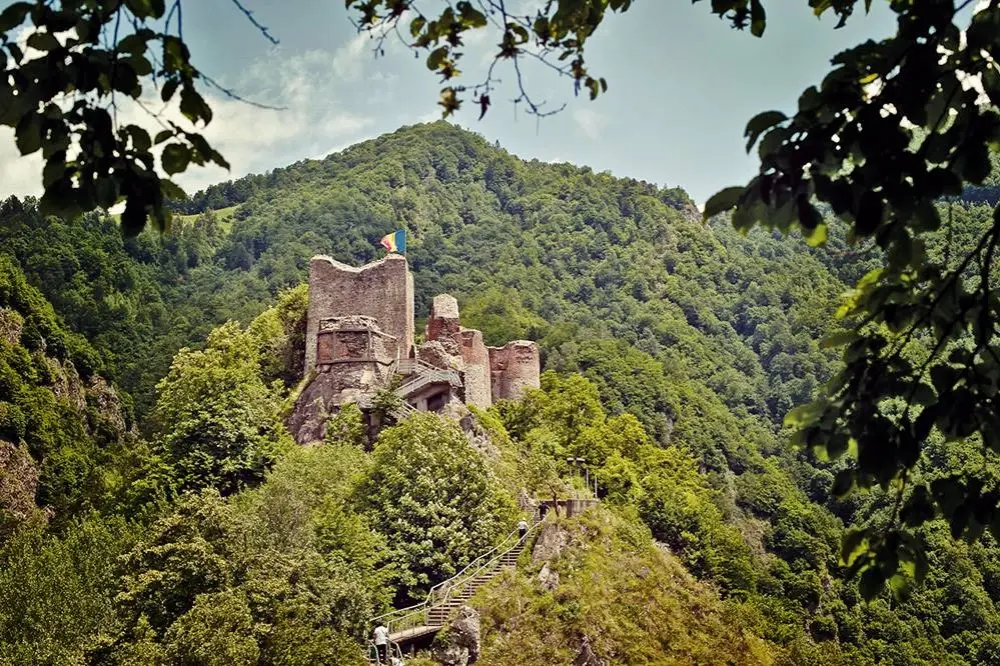
Breakfast: At the hotel
Begin your day with an early departure from Bucharest, heading towards your first stop, Poenari Citadel. Known as the real Dracula’s Castle, Poenari Citadel was once the stronghold of Vlad the Impaler. Located atop a steep hill, the citadel offers a glimpse into the life of one of Romania’s most famous rulers and provides breathtaking views of the surrounding landscapes. Prepare for a bit of a climb; the path to the castle involves a stairway with over 1,400 steps, making it a vigorous but rewarding ascent.
After exploring Poenari Citadel, continue your Dracula tour along one of Romania’s most spectacular roads, the Transfăgărășan Highway. This road is known for its dramatic twists and turns across the southern section of the Carpathian Mountains, offering stunning views and a thrilling drive.
Note that the Transfăgărășan is only open from late June to October, depending on the weather conditions. If travelling during the off-season, you will take the scenic route through the Olt Valley, which also offers beautiful views and a pleasant driving experience along the Olt River.
Lunch: At your expense
Your final destination for the day is Sibiu, one of Transylvania’s most renowned cities, known for its Germanic architecture, the Great and Lesser Squares, and the iconic Bridge of Lies. Upon arrival in Sibiu, check into your hotel and explore this charming city in the evening. Enjoy a walk through its historic centre, marvel at the well-preserved walls and towers, and perhaps dine in one of the city’s excellent restaurants to sample local Transylvanian cuisine.
Dinner: At your expense
Overnight in Sibiu
Day 3: Sibiu City Tour

Breakfast: At the hotel
Sibiu is a medieval city where the history of Dracula first spread over 600 years ago among the merchants and aristocrats who inhabited the city. In the meantime, you will visit the Astra Museum, an outdoor museum with authentic Romanian monuments.
The museum, which is divided into five sizable parts, is home to thousands of vintage household items and over 300 historic buildings.
Lunch: At your expense
The remainder of the day will be spent on a walking tour of Sibiu, where you will see how the city seamlessly integrates heritage, multiculturalism, and modernity. The tour begins in the town’s Main Square and continues with visits to some of Sibiu’s most notable landmarks: the Brukenthal Museum, the “Holy Trinity” Roman Catholic Cathedral, and Huet Square, which houses the Evangelical Church. You will then spend a few hours exploring the city on your own to fully immerse yourself in this beautiful, historic city. We’ve put up a list of activities to do in Sibiu during your leisure time.
Dinner: At your expense
You are free to spend the rest of your evening as you desire.
Overnight in Sibiu
Day 4: Sibiu - Corvin Castle - Sarmizegetusa Regia - Densus Church - Deva
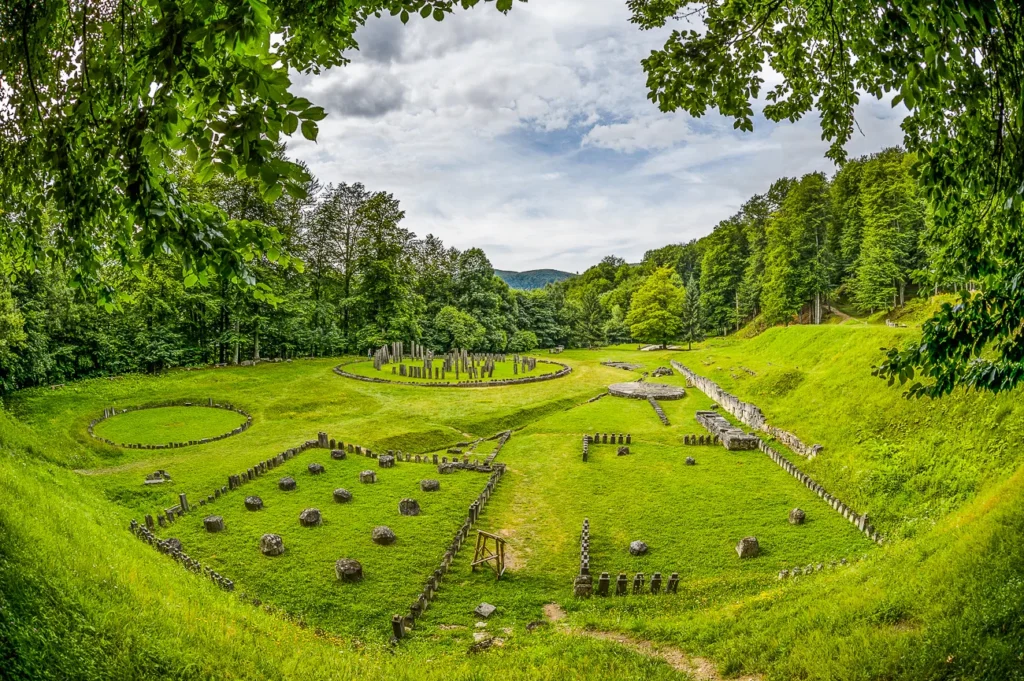
Breakfast: At the hotel
The fourth day of your Transylvania Dracula Tour will begin with a visit to one of Dracula’s castles, Corvin Castle (or Hunyadi Castle). According to the legend, Vlad the Impaler was imprisoned here for seven years. Corvin Castle is among the largest mediaeval castles in Eastern Europe. It features remarkable Renaissance-Gothic architecture, an inner courtyard, and stunning soaring towers and bastions. Vlad the Impaler grew up with the future king of Hungary, Mathias Corvin, and Corvin Castle was their home while they received their military education.
You will then travel to the Orastie Mountains to see the ruins of Sarmizegetusa Regia, a legendary Dacian citadel. Sarmizegetusa Regia was the Dacian Empire’s primary military, religious, and political centre two thousand years ago. The fort included residential sections, workshops, and a holy zone. The sacred zone is one of Dacia’s most significant sanctuaries, with a layout comparable to Stonehenge. Seven temples were uncovered at the site, including two circular temples, five rectangle temples, and an andesite altar. However, only the foundations of these structures have survived up to this point.
Lunch: At your expense
The guided tour continues with a visit to Densus Village. Once there, you will see Densus Church, which is one of Romania’s oldest churches. The church was reportedly built in the 7th century, and the murals inside date from the 15th century, depicting Jesus Christ in typical Romanian attire.
According to one hypothesis, the Densus Church was a pagan temple since the altar is closer to the south than the east, the roof is fashioned like a dove, and the lion sculptures are connected by their tails. Another suggestion is that the cathedral was built as a mausoleum for Roman general Longinus Maximus.
Dinner: At the hotel at your expense
Overnight in Deva
Day 5: Deva - Alba Carolina - Turda Salt Mine - Cluj Napoca
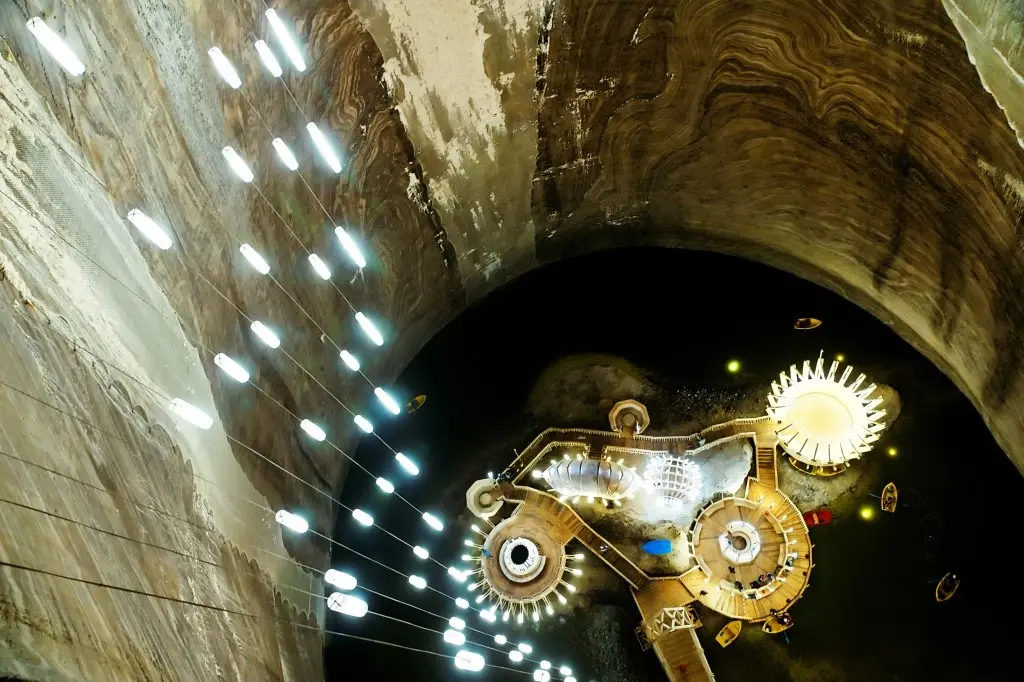
Breakfast: At the hotel
Your day will begin with a guided tour of Alba Iulia, a city in the centre of Romania. Alba Carolina base, Romania’s largest mediaeval stronghold, was built between 1715 and 1738. The site had formerly housed the other two fortifications: the Roman Castle of Legio XIII Gemina and the Bălgrad Mediaeval Citadel.
The mediaeval fortress was part of Prince Eugene of Savoy’s fortification system, which was built to protect the Habsburg Empire’s recently gained regions. Alba Carolina Citadel is one of Transylvania’s most representative Vauban bastion fortifications. It was also a major stronghold for the Roman Empire in the region.
Lunch: At your expense
Your following destination will be Turda, where you will see a salt mine that extends about 45 kilometres. Turda has been used for salt mining for hundreds of years and was first recorded in 1075. Turda Salt Mine is now a tourist destination, as it is one of the world’s most fascinating underground destinations. The mine is an excellent destination for a fun family outing. Turda Mine offers mini-golf, ping pong, bowling, ferris wheel rides, and boat rides on the underground lake.
Dinner: At your expense
You are free to spend the rest of your evening as you desire.
Overnight in Cluj Napoca
Day 6: Cluj-Napoca – Biertan Church – Sighisoara - Brasov
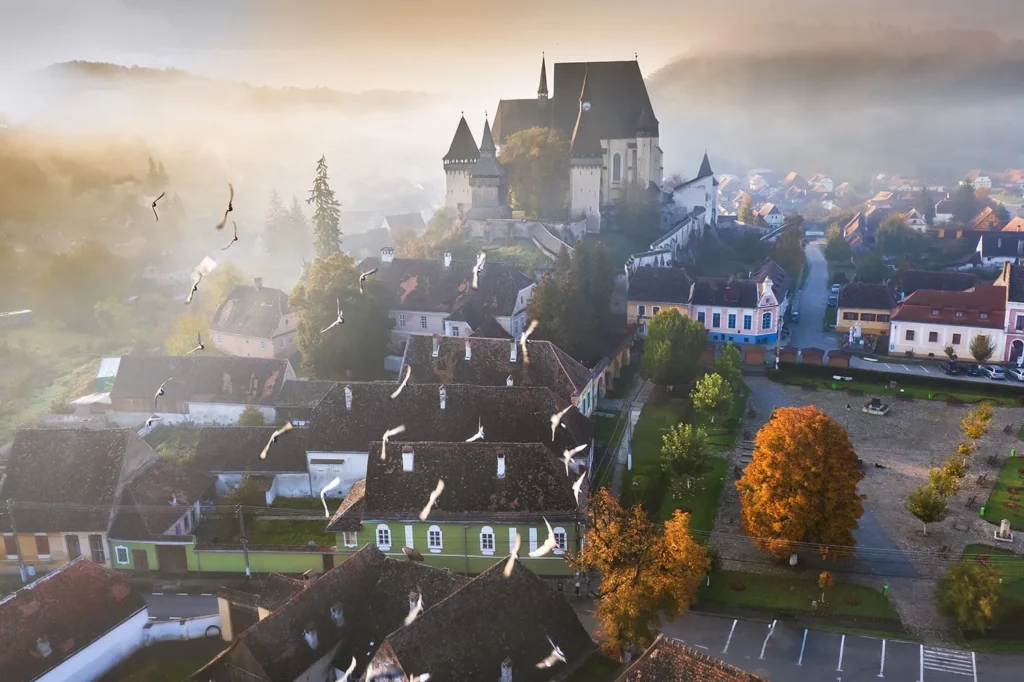
Breakfast: At the hotel
After leaving Cluj, you will travel to the nearby Saxon settlement of Biertan Fortified Church, recognized as a UNESCO World Heritage Site. The church is a magnificent example of medieval architecture, dating from the 13th century and featuring a late Gothic design. Three high defensive walls enclose it.
The next stop on the guided tour is the medieval citadel of Sighisoara, the only inhabited medieval stronghold in Europe and a UNESCO World Heritage Site. Stroll through the old buildings lining the fortress’s winding cobblestone streets until you reach the city’s emblem, the Clock Tower. The tower houses a torture room and a collection of well-preserved medieval weapons. The fortress was constructed in the 12th century and reinforced in the 15th.
Lunch: At your expense
For those curious about Dracula’s origins, Vlad the Impaler is said to have been born in the medieval fortress of Sighisoara. Vlad Dracul spent the first few years of his life in his father’s home in this little Transylvanian village. Therefore, you will have time to visit where the ruthless Wallachian ruler lived the first years of his life.
Dinner: At your expense
After dinner, you will continue your journey to Brașov. Upon arrival, you are free to spend the rest of your evening as you desire.
Overnight in Brașov
Day 7: Brasov City Tour – Bran Castle – Snagov Monastery - Bucharest

Breakfast: At the hotel
Begin your day with breakfast in Brasov, one of Transylvania’s most significant historical cities. Embark on a city tour to explore its rich history and stunning architecture. Start at Council Square, the heart of the old town, surrounded by colourful baroque buildings and the iconic Black Church, a striking example of Gothic architecture and one of the largest medieval churches in Romania. Visit the First Romanian School, located near St. Nicholas Church, where you can see a collection of old Romanian books and texts, highlighting the importance of Brașov as a cultural centre.
After exploring Brașov, continue to Bran Castle, often known as “Dracula’s Castle.” This iconic landmark sits atop a 200-foot-high rock and offers panoramic views of the surrounding mountains. Tour the castle’s open-air museum, which displays traditional Romanian peasant structures (cottages, barns, and water-driven machinery) nationwide. Inside the castle, learn about the legend of Dracula and the history of its most famous inhabitant, Vlad the Impaler.
Lunch: At your expense
Following your visit to Bran Castle, drive to Snagov Monastery near Bucharest. This historic monastery is said to be the burial site of Vlad the Impaler. It is situated on a small island in the middle of Snagov Lake, providing a serene setting. Explore the monastery and learn about its rich history and the legends surrounding Vlad’s tomb.
Conclude your day with a drive back to Bucharest.
Dinner: At your expense
Overnight in Bucharest
Day 8: Bucharest - Departure

Breakfast: At the hotel
Time to say goodbye to Bucharest and Transylvania. Your flight itinerary will determine when you should depart.
We sincerely hope you will have a fantastic stay and go home knowing even more about the captivating history of Dracula.
Captivating Transylvania: Beyond Dracula’s History
The charm of Transylvania is far more than this Dracula tour can deliver. Beneath the ghost legends and captivating history lies a stunning landscape, vibrant arts and culture, and hospitable citizens.
Ready to delve deeper into Romania’s magic? Contact Rolandia to turn your Transylvanian dream into reality! Whether you crave adventure, cultural immersion, or a relaxing escape, Romania’s diverse regions have something for every traveller. We can’t wait to have you here and show you everything Romania has to offer!
More trips to discover
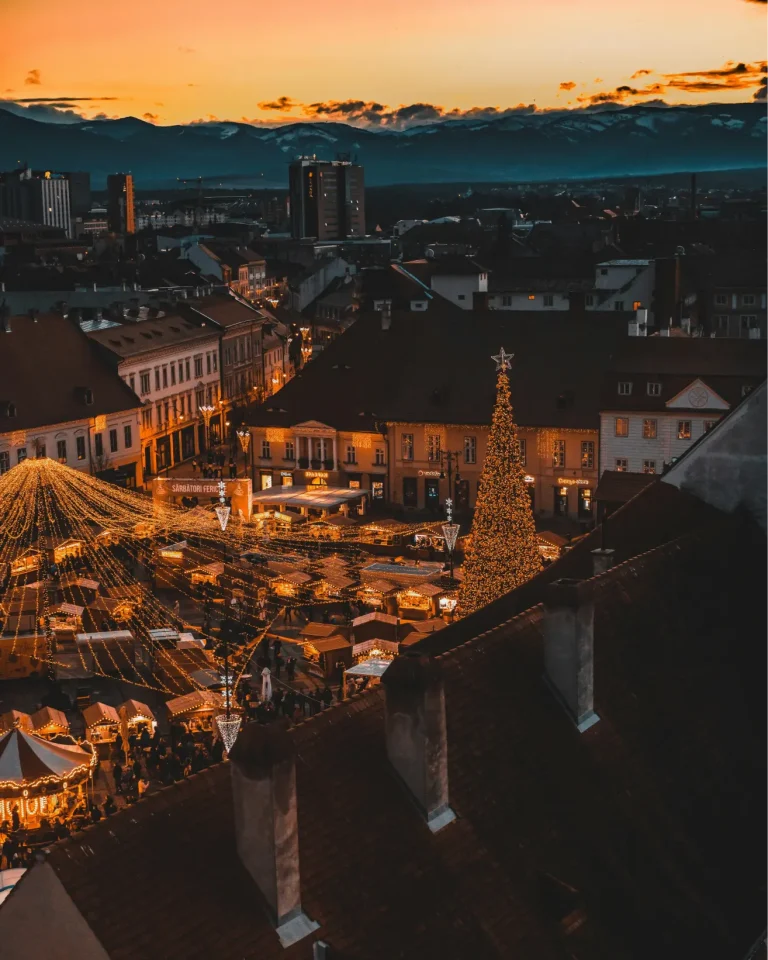
Tours from Bucharest
Private Tours
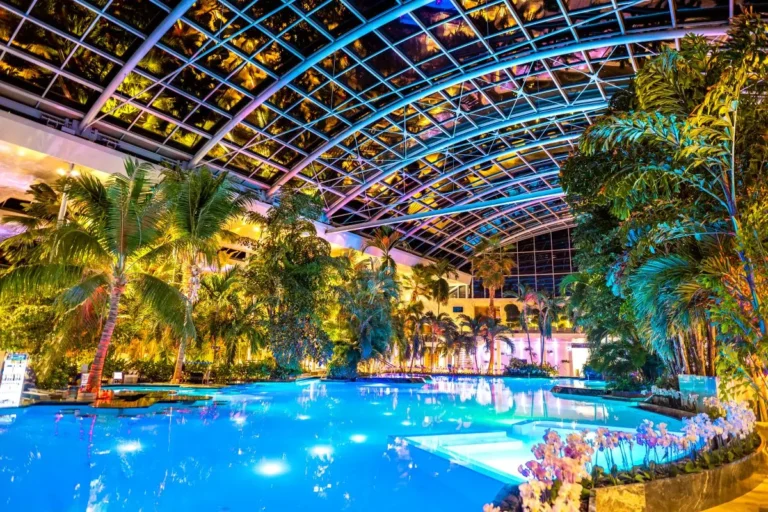
Tours from Bucharest
Private Tours
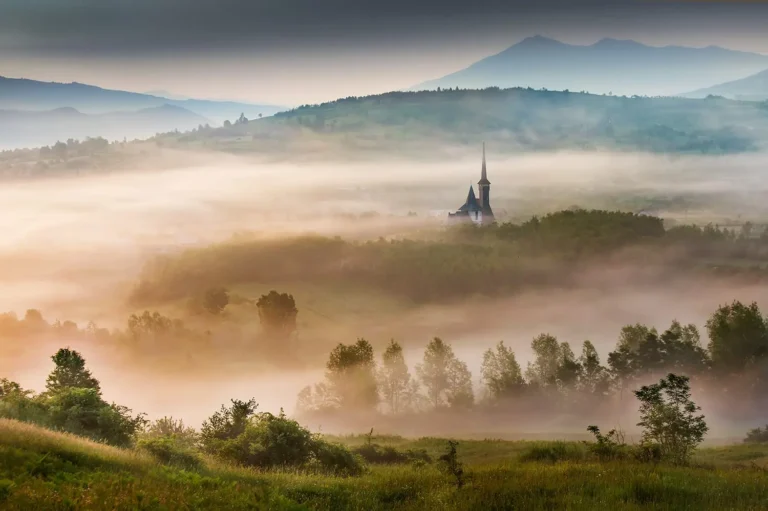
Tours from Bucharest
Private Tours
Accommodations
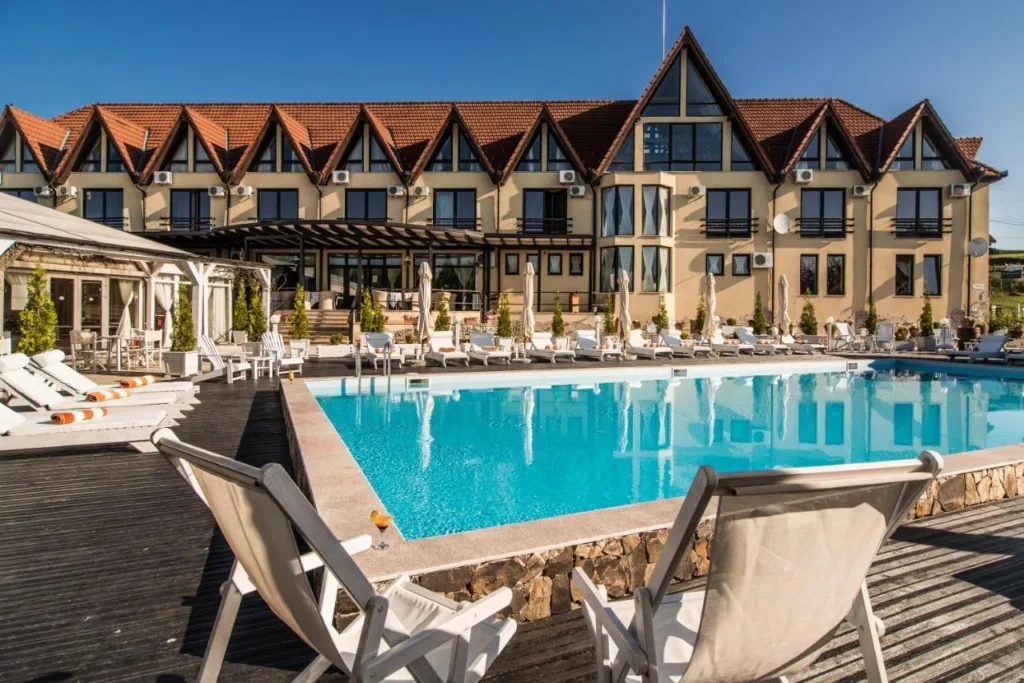
Archia Manor
Archia Manor
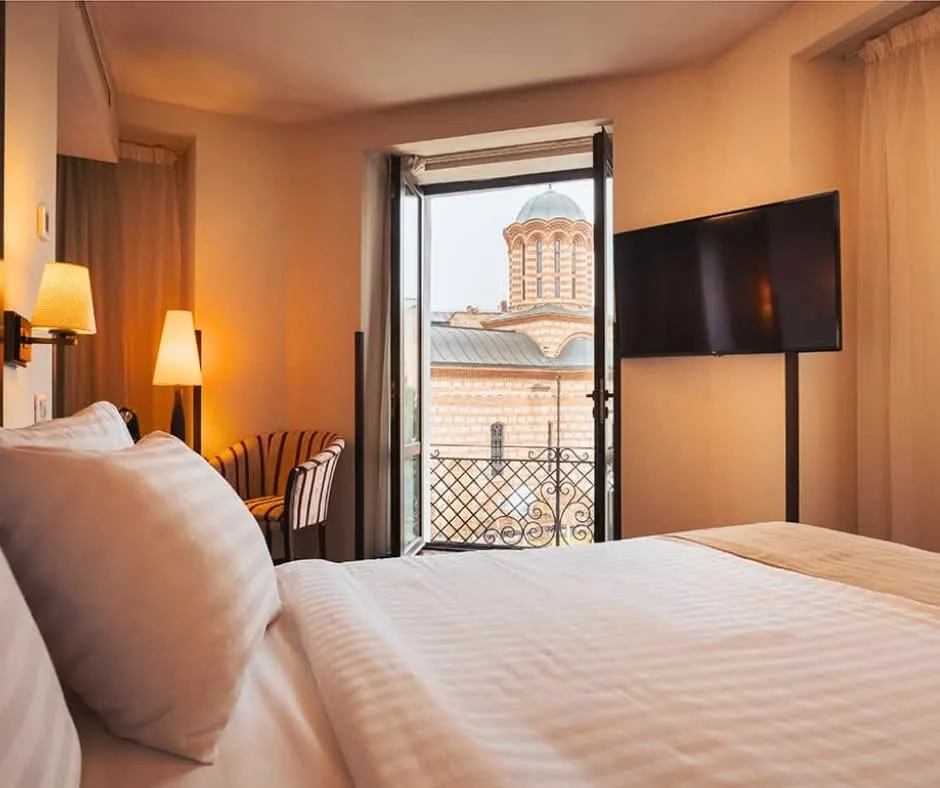
Europa Royale Hotel
Europa Royale Hotel
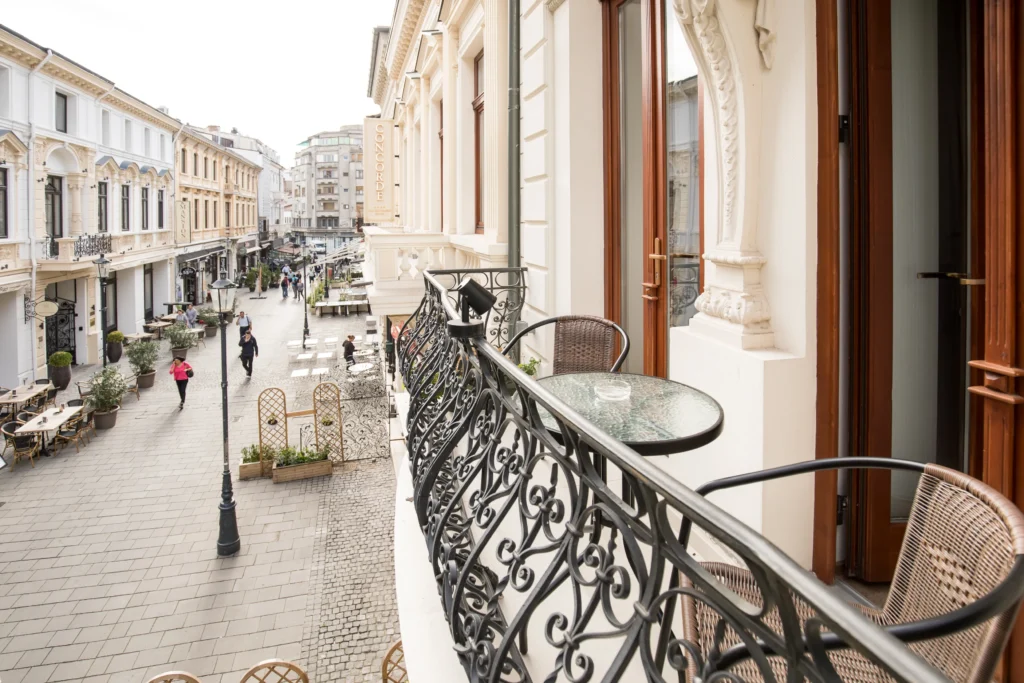
Concorde Old Bucharest Hotel
Concorde Old Bucharest Hotel
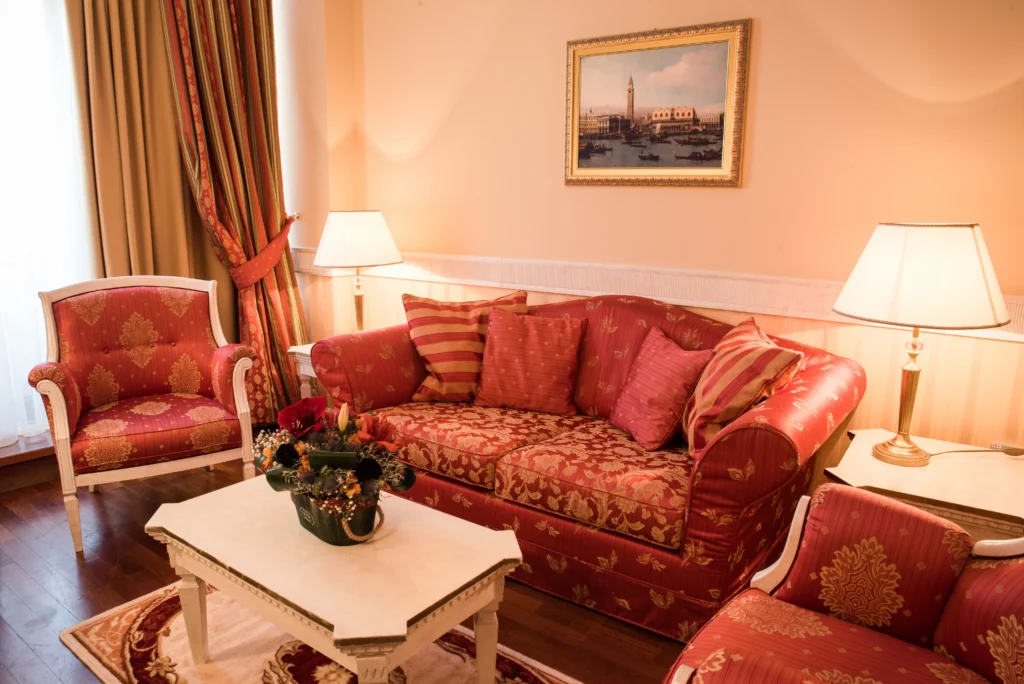
Beyfin Hotel
Beyfin Hotel

Art Hotel
Art Hotel
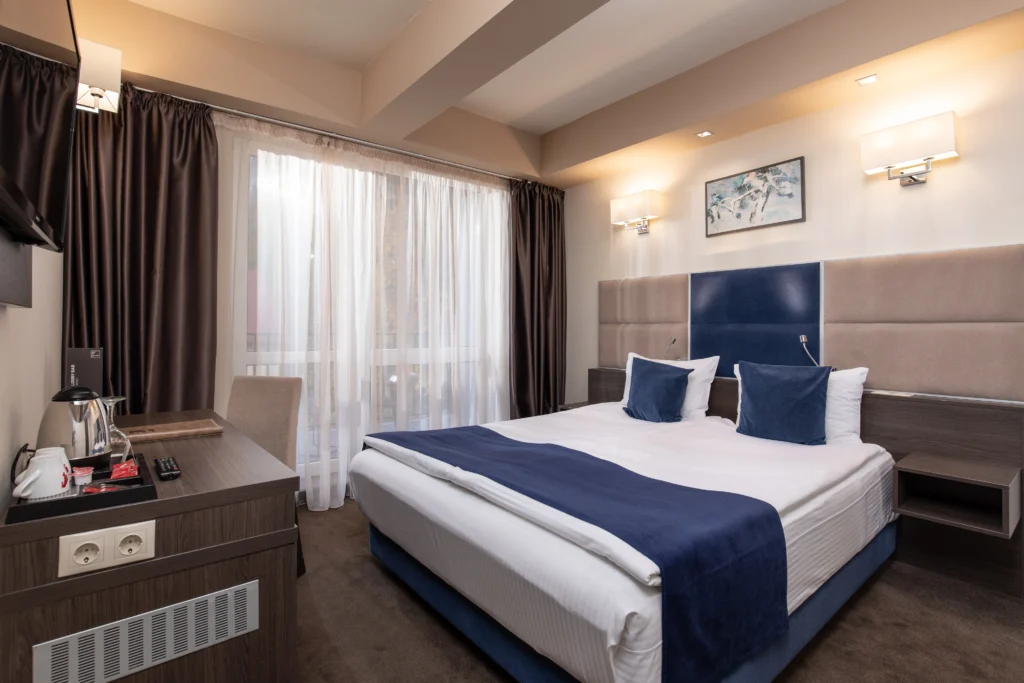
Belfort Hotel
Belfort Hotel
Activities

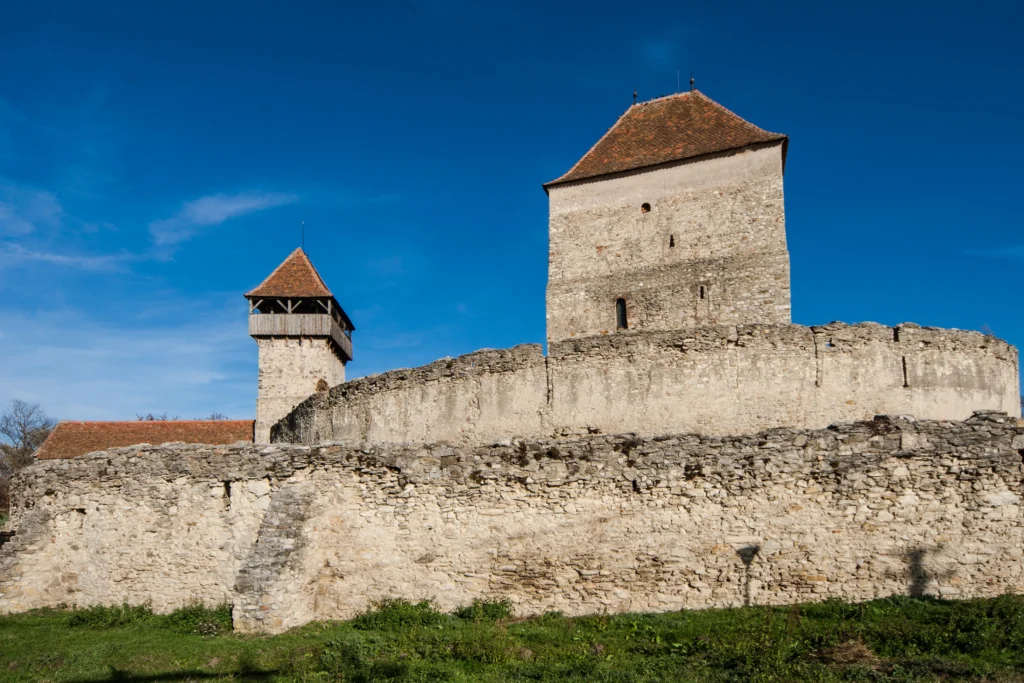
Explore Romania’s Fortresses
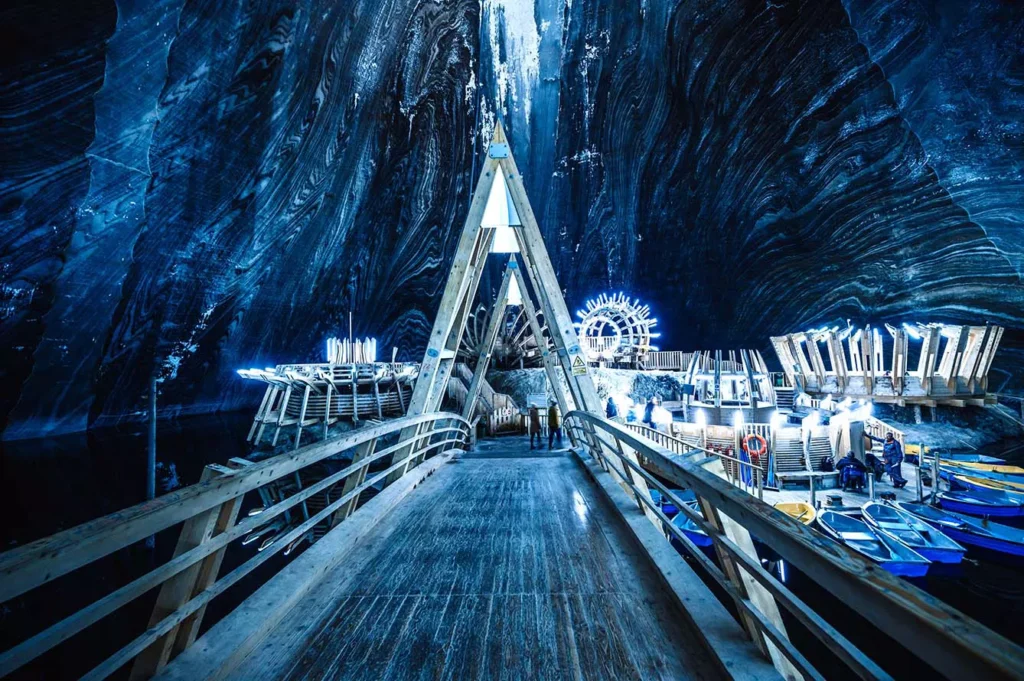
Visit a Salt Mine
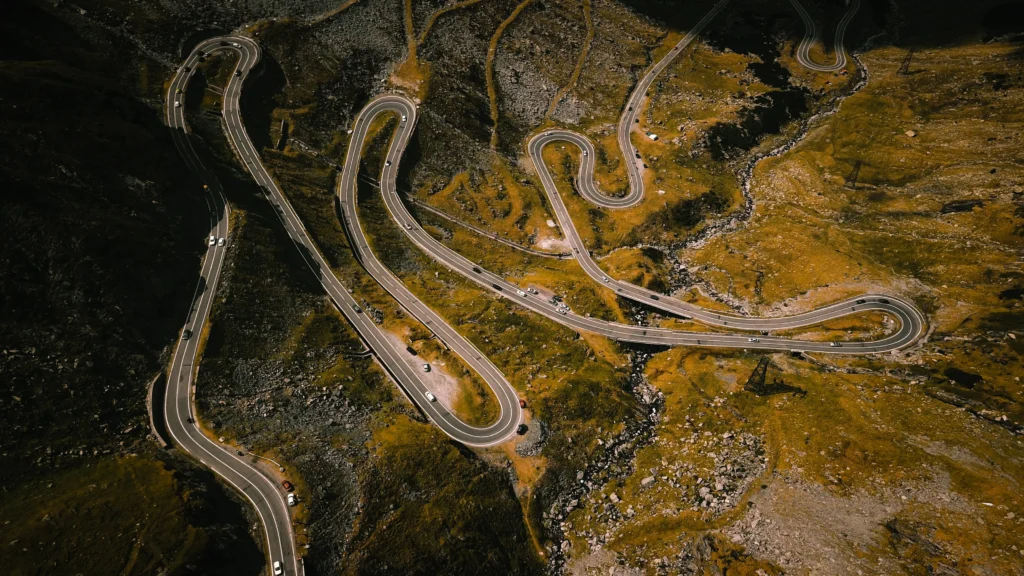
Drive the Transfăgărășan Highway
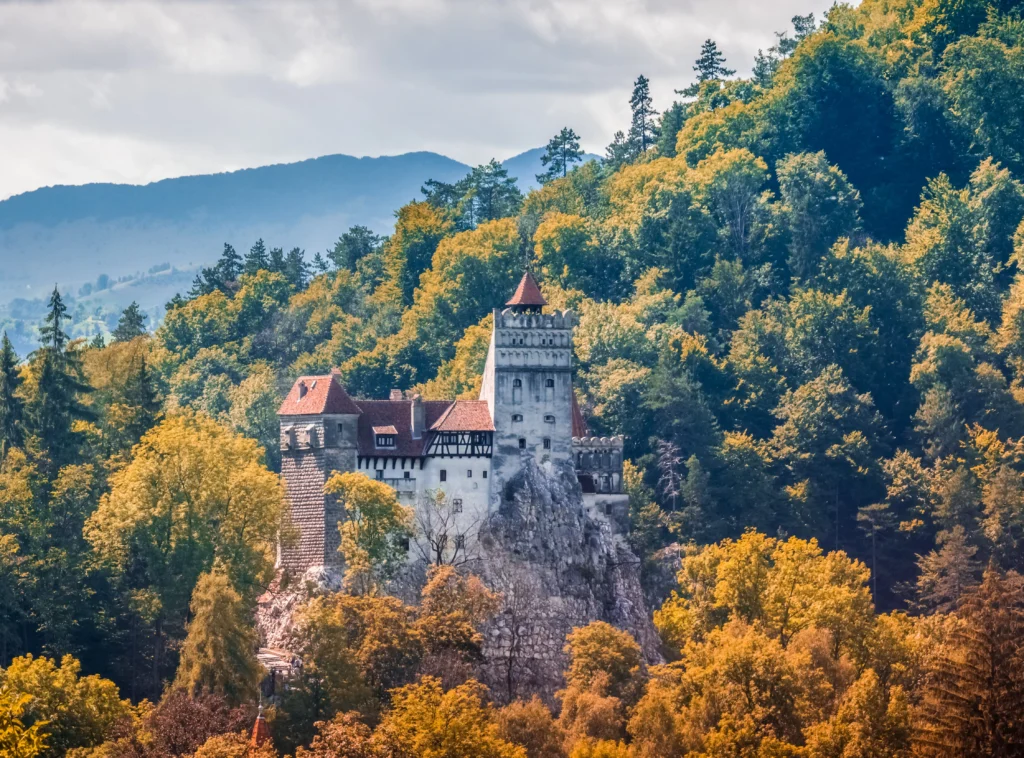
Discover the Real Life of Dracula

Walk Through Medieval Towns
Included
- Airport Transfers
- Accommodation for 7 nights in centrally located hotels
- Professional English-speaking guide
- Entrance fees for the sights included in the itinerary
- Transportation with a modern vehicle
Not included
- Airline tickets
- Travel insurance
- Meals other than those mentioned in the itinerary and alcoholic beverages
- Entrance fees to monuments/sights other than those mentioned in the itinerary
- Photography Fees
- Various expenses such as room service, beverages, personal calls, souvenirs etc.
FAQs
Curious about this tour? Here’s everything you need to know before you book. If there’s anything else you’re wondering about, just contact us—we’re happy to help!
The tour kicks off on the first day at 9:00 AM, with a guided city tour of Bucharest. Your guide will pick you up directly from your accommodation.
Yes, while the tour includes a full itinerary of guided visits and activities, there are opportunities for personal exploration.
We recommend packing comfortable walking shoes and clothing suitable for varying weather conditions, as the tour involves visits to castles, citadels, and historical sites. Layers are advisable, especially if traveling during cooler months. Don’t forget essentials like a camera, sunscreen, and any personal items you may need.
Why travel with Rolandia?
Real Local Expertise
Our travel guides and planners are Romanian locals who want to show you the authentic essence of the country.
Seamless Travel Planning
Our team handles all aspects of your journey from planning to logistics and coordination to provide you with a hassle-free travel experience.
Flexible & Reliable
Our company creates customized travel experiences that consider your individual requirements and personal preferences.
Trusted Partnerships
Our company works with top-rated hotels and local service providers to deliver authentic high-quality travel experiences.
More trips to discover
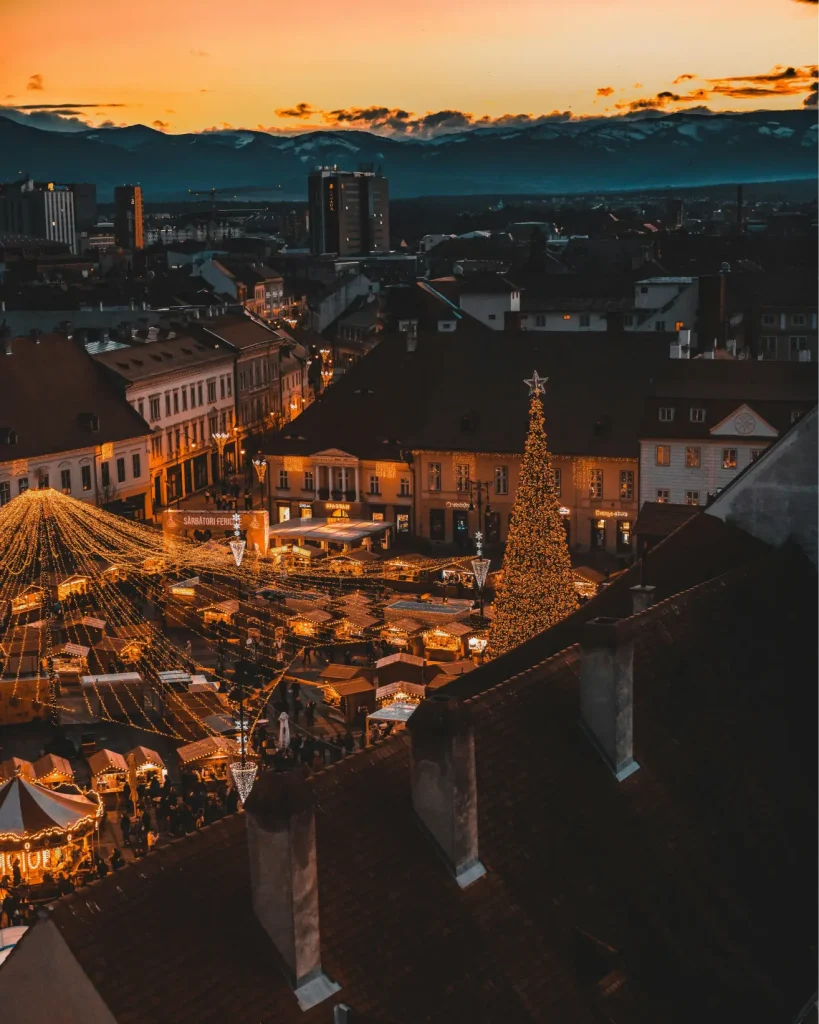
Tours from Bucharest
Private Tours
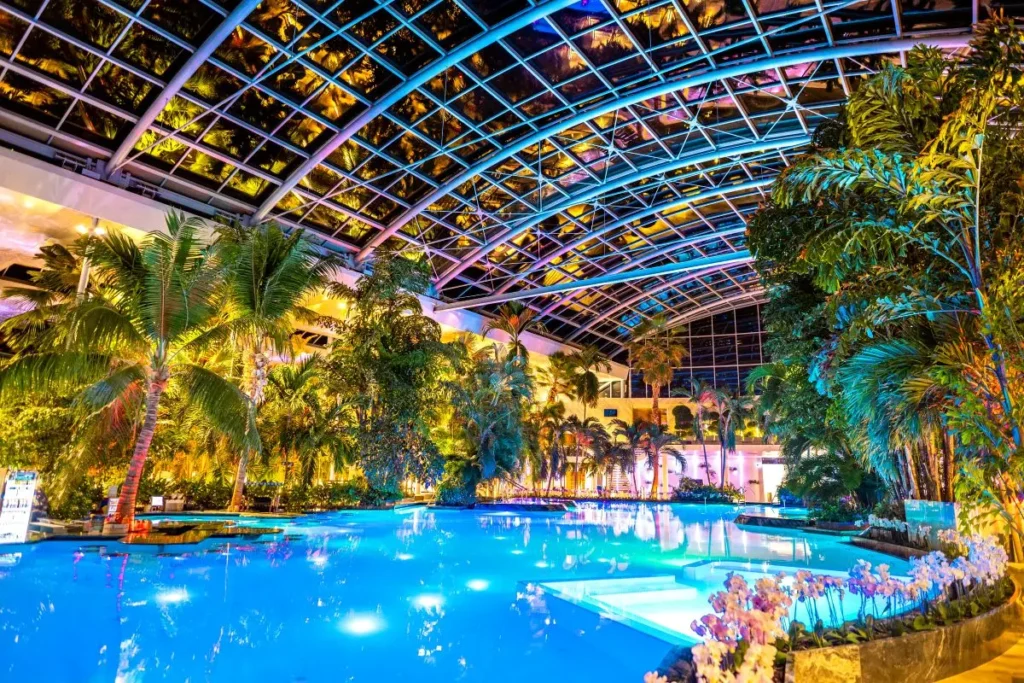
Tours from Bucharest
Private Tours
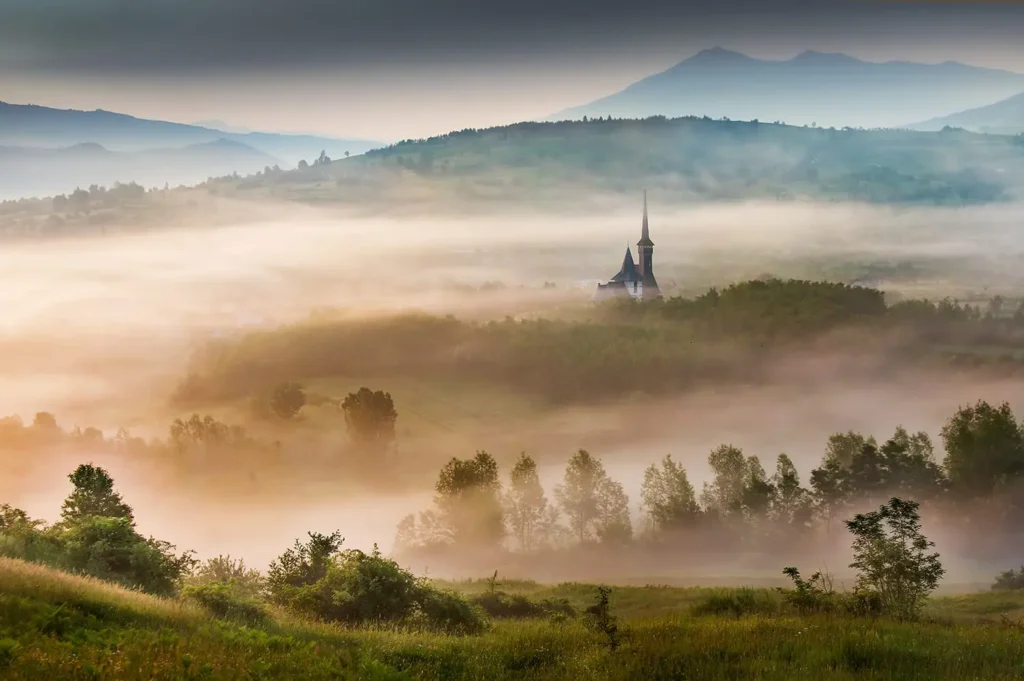
Tours from Bucharest
Private Tours

